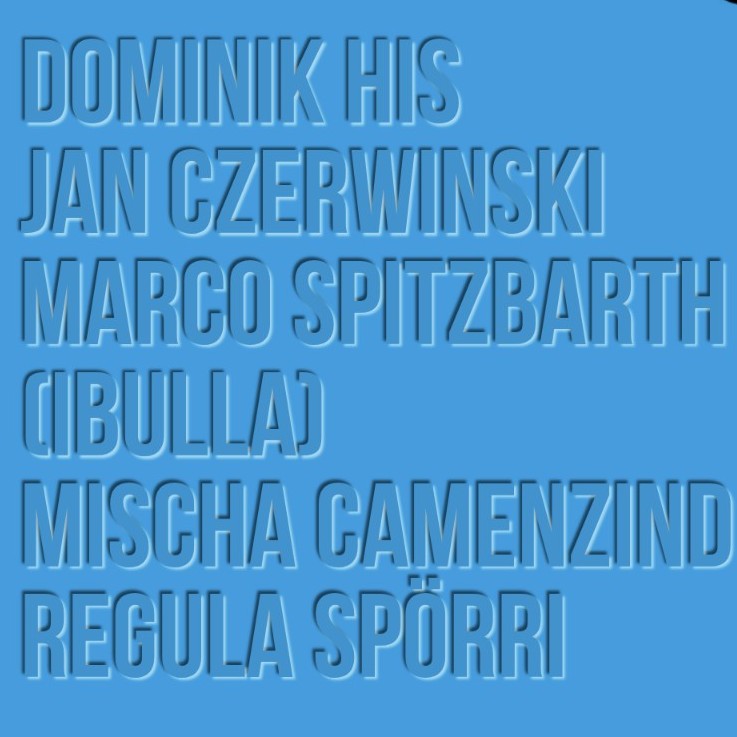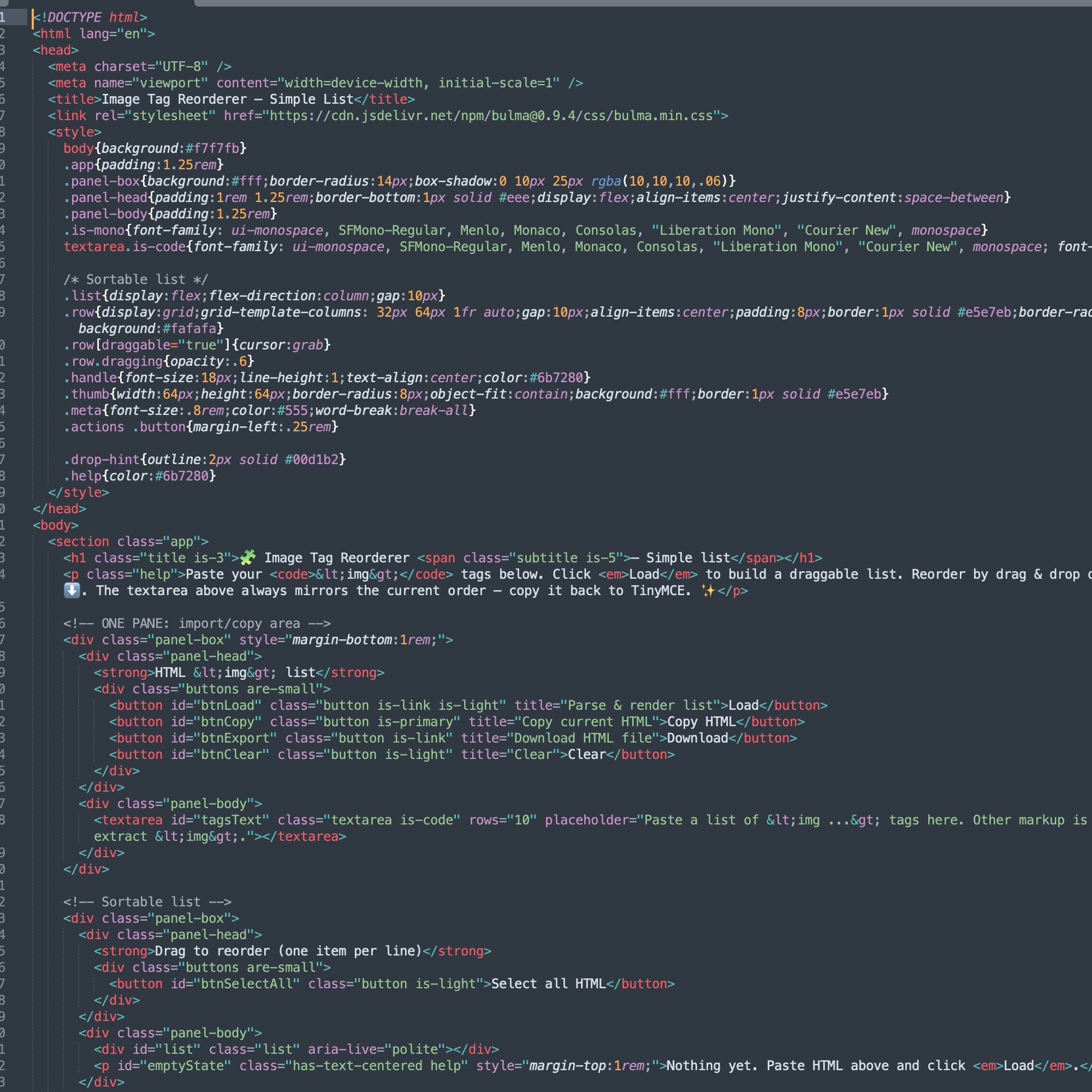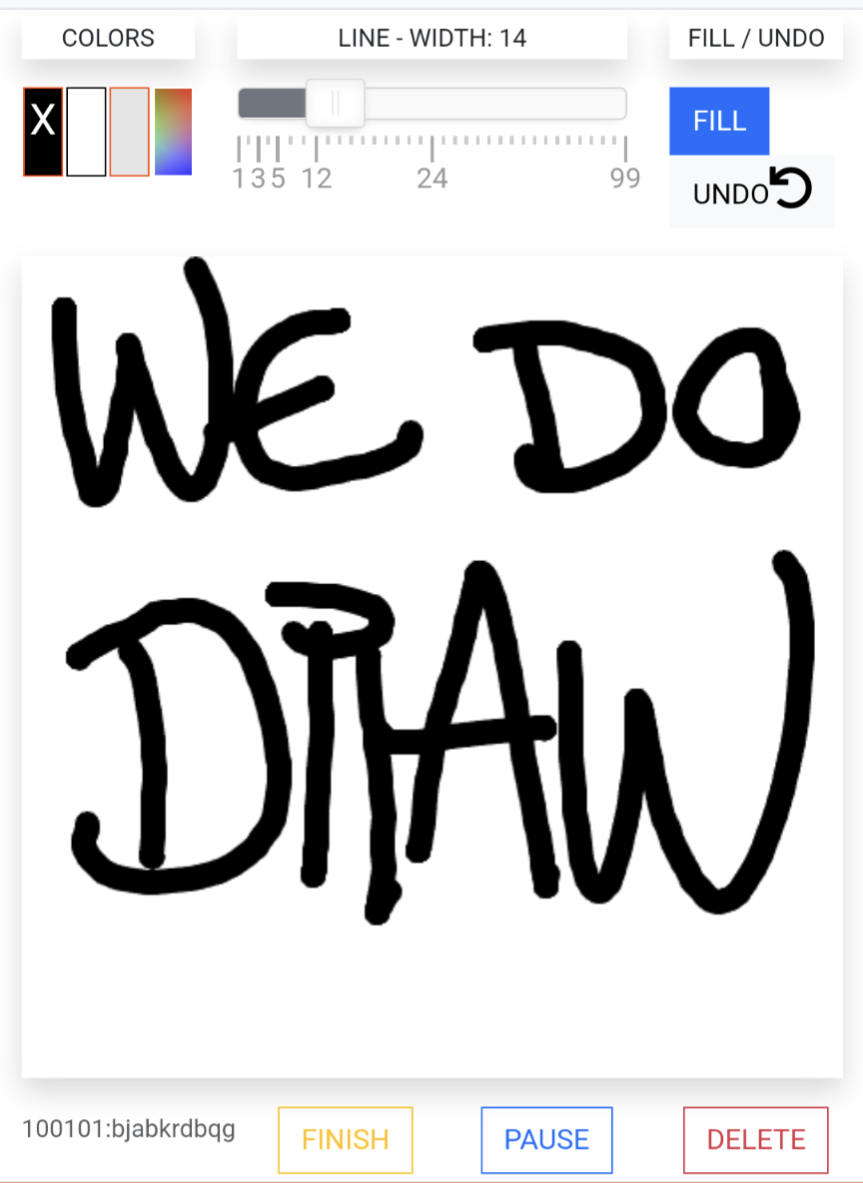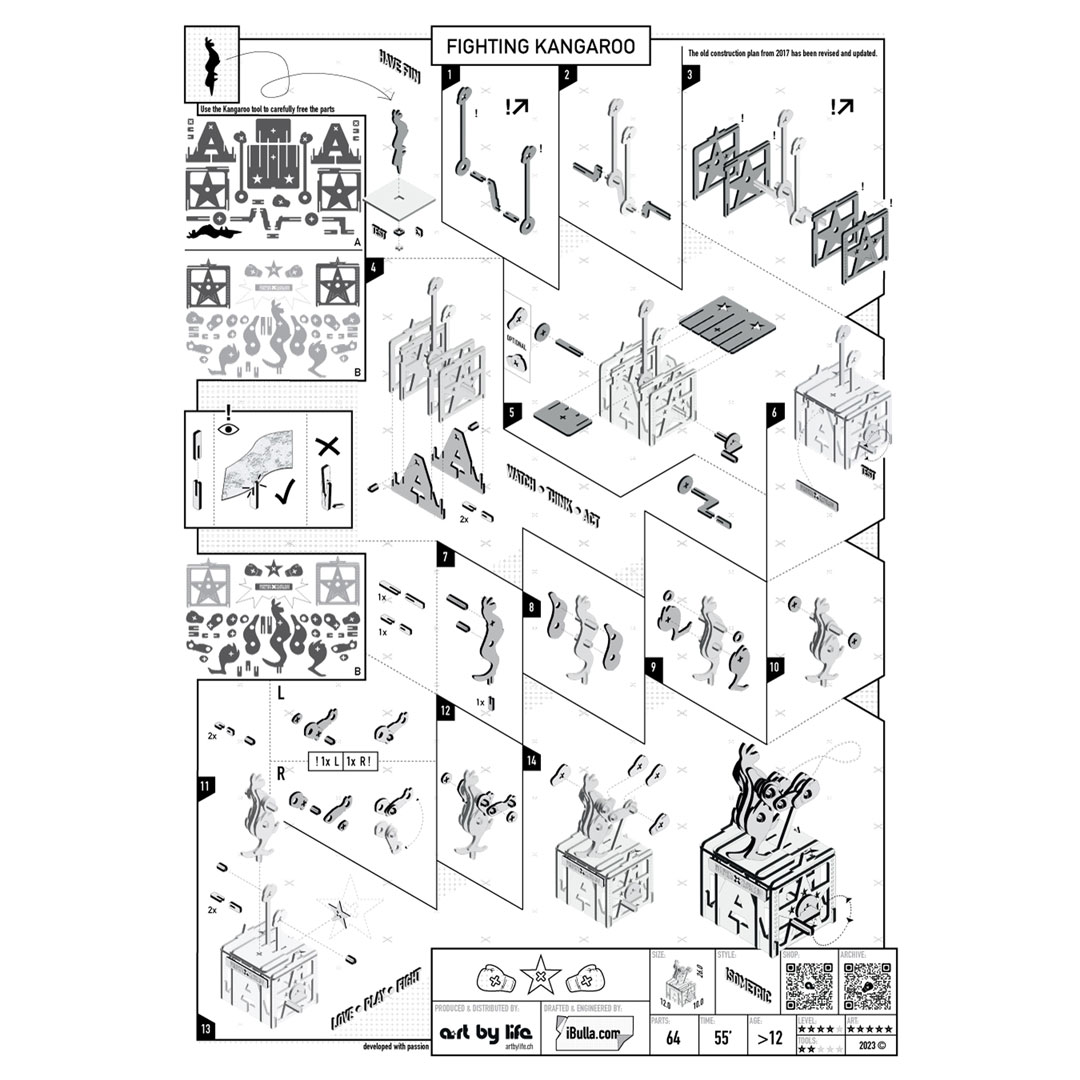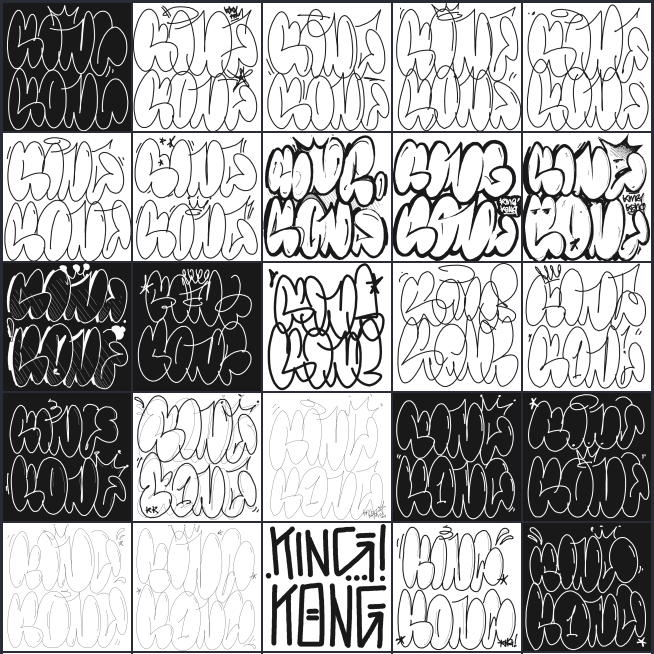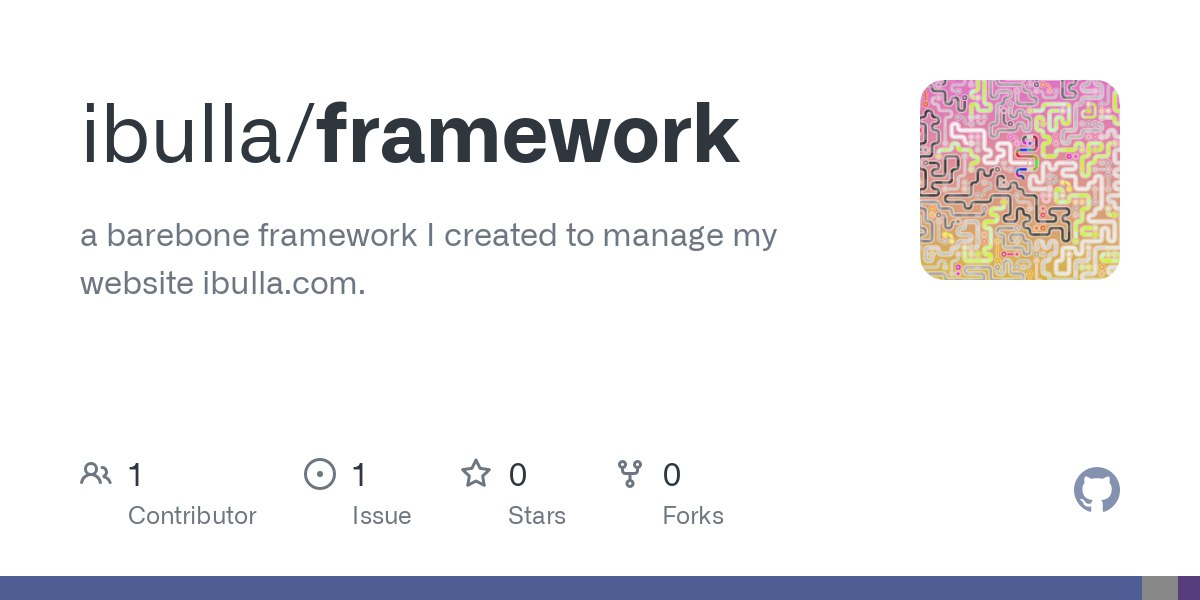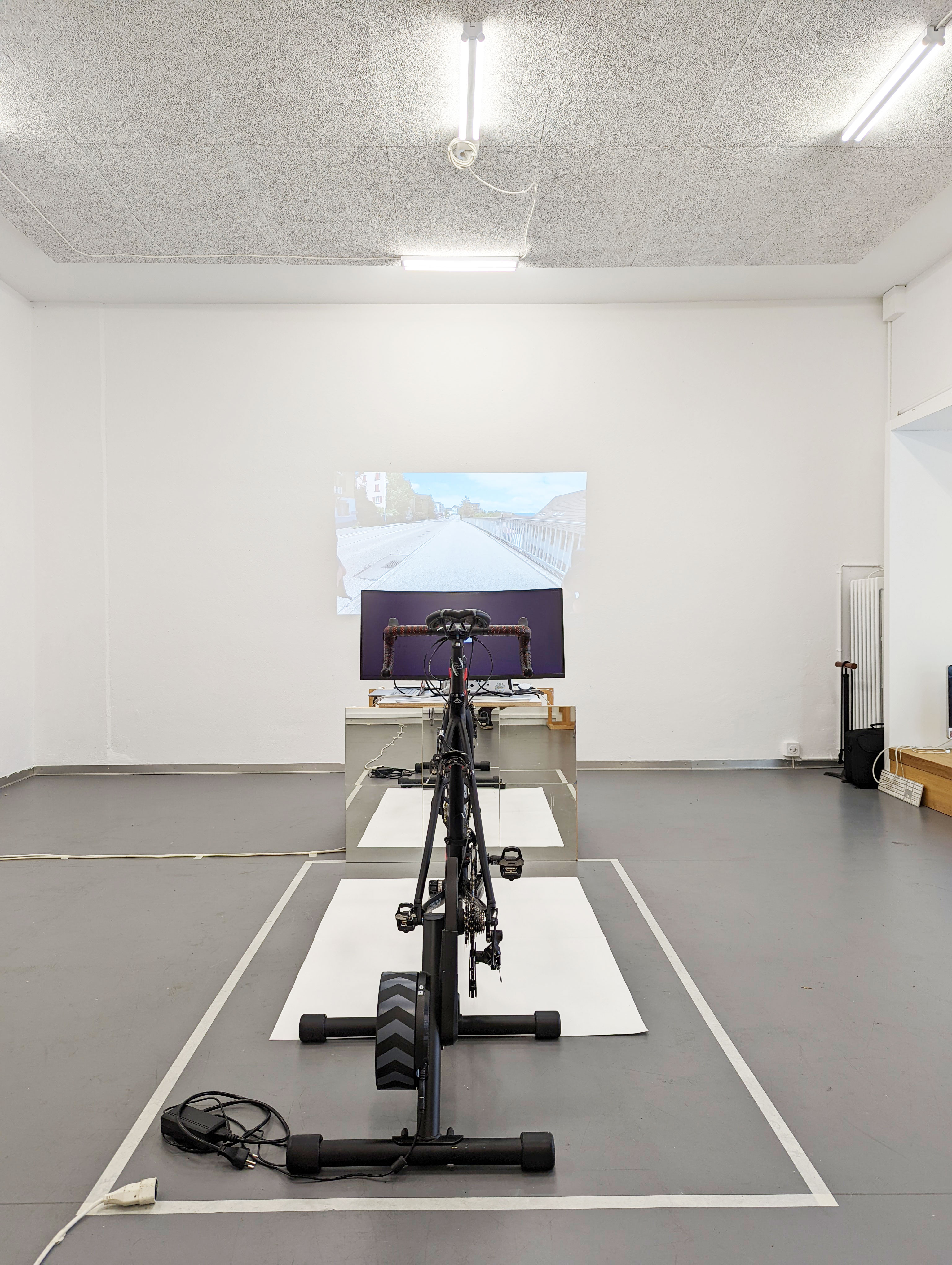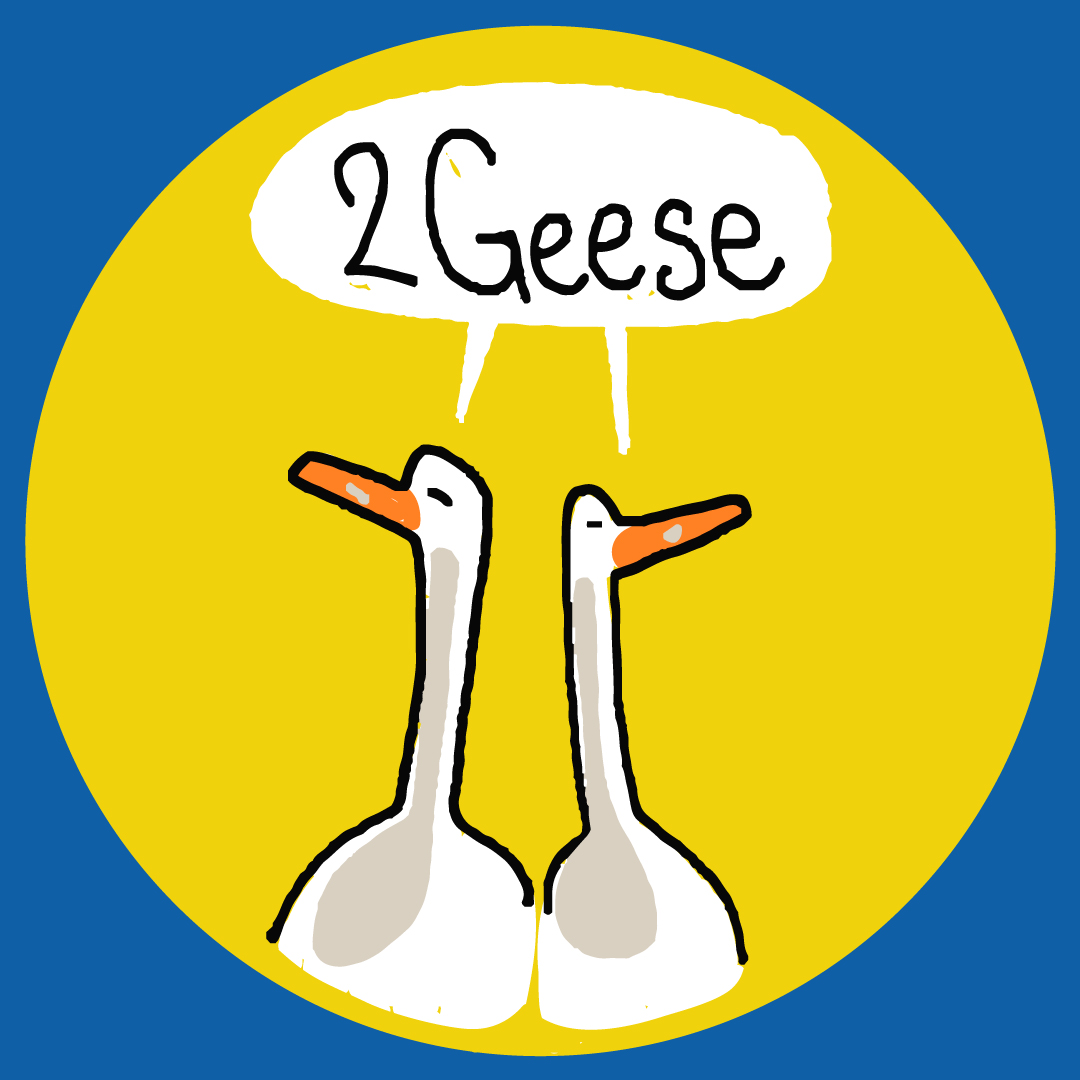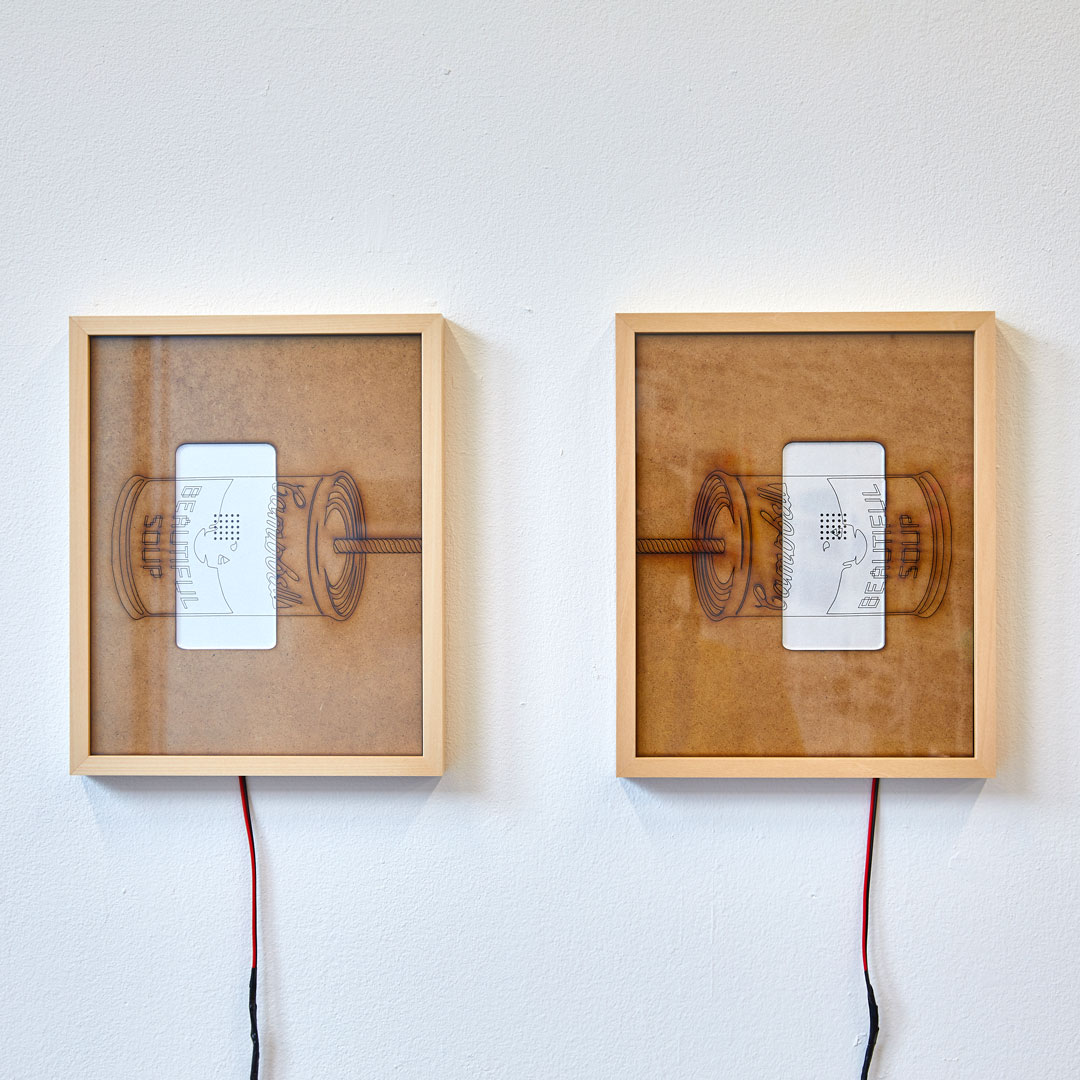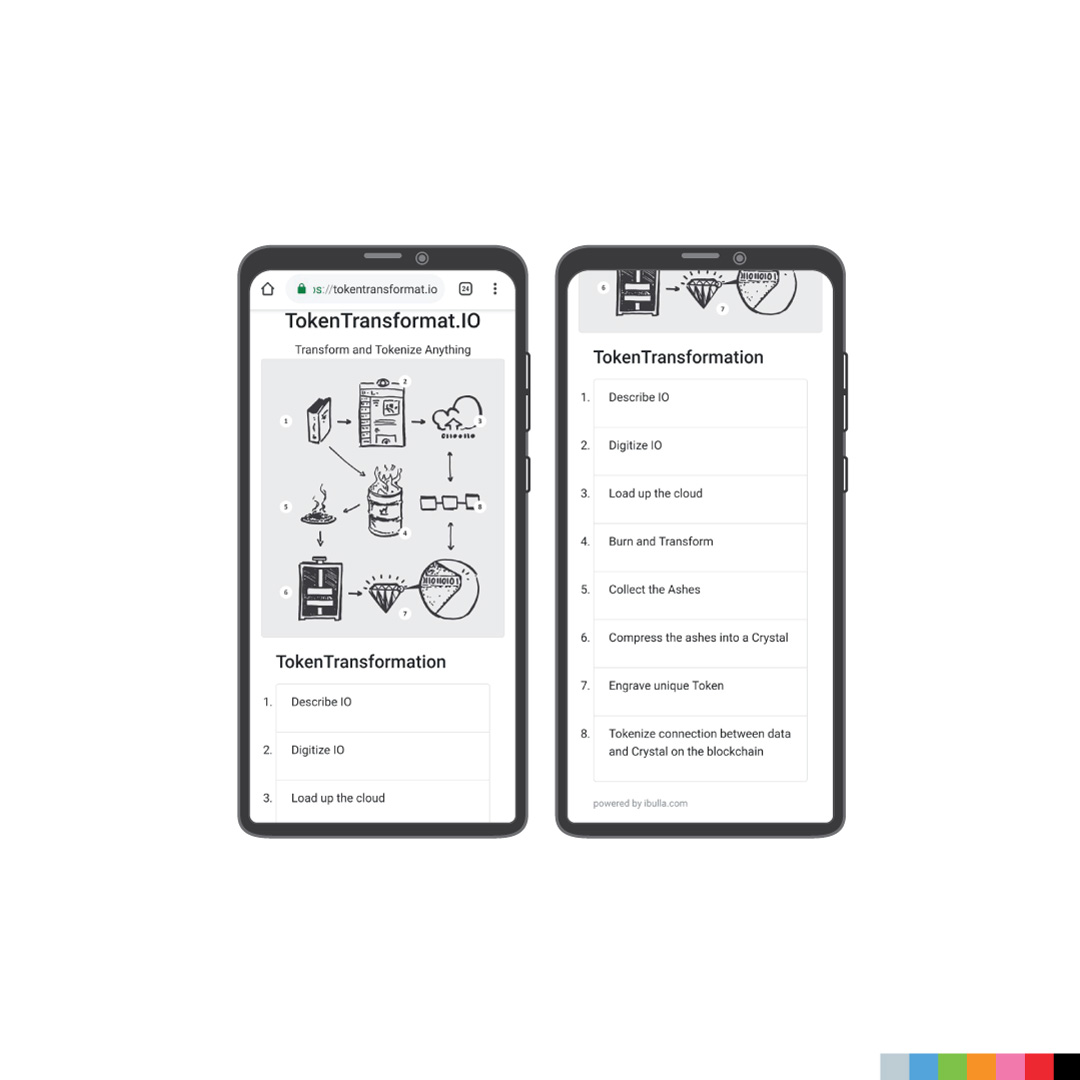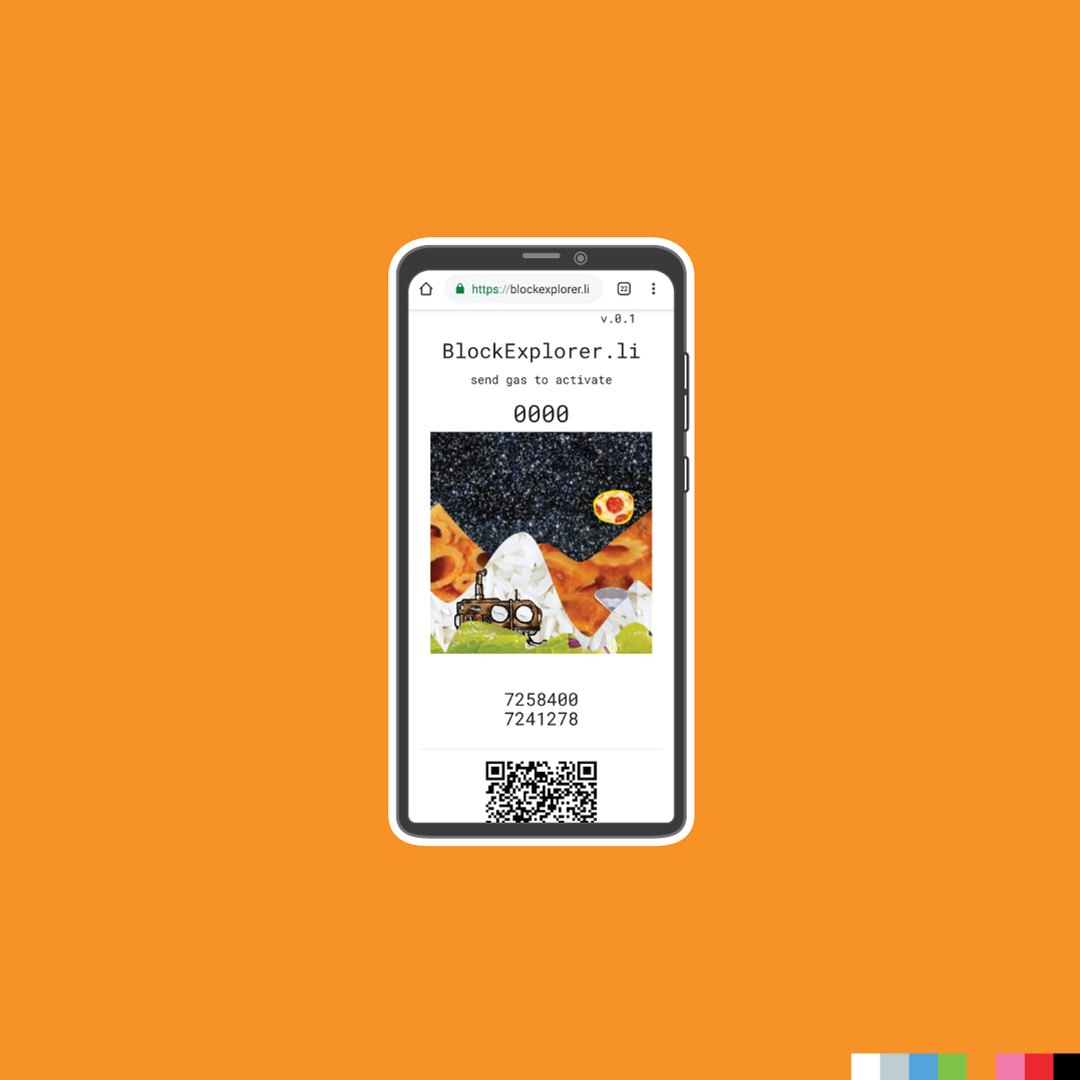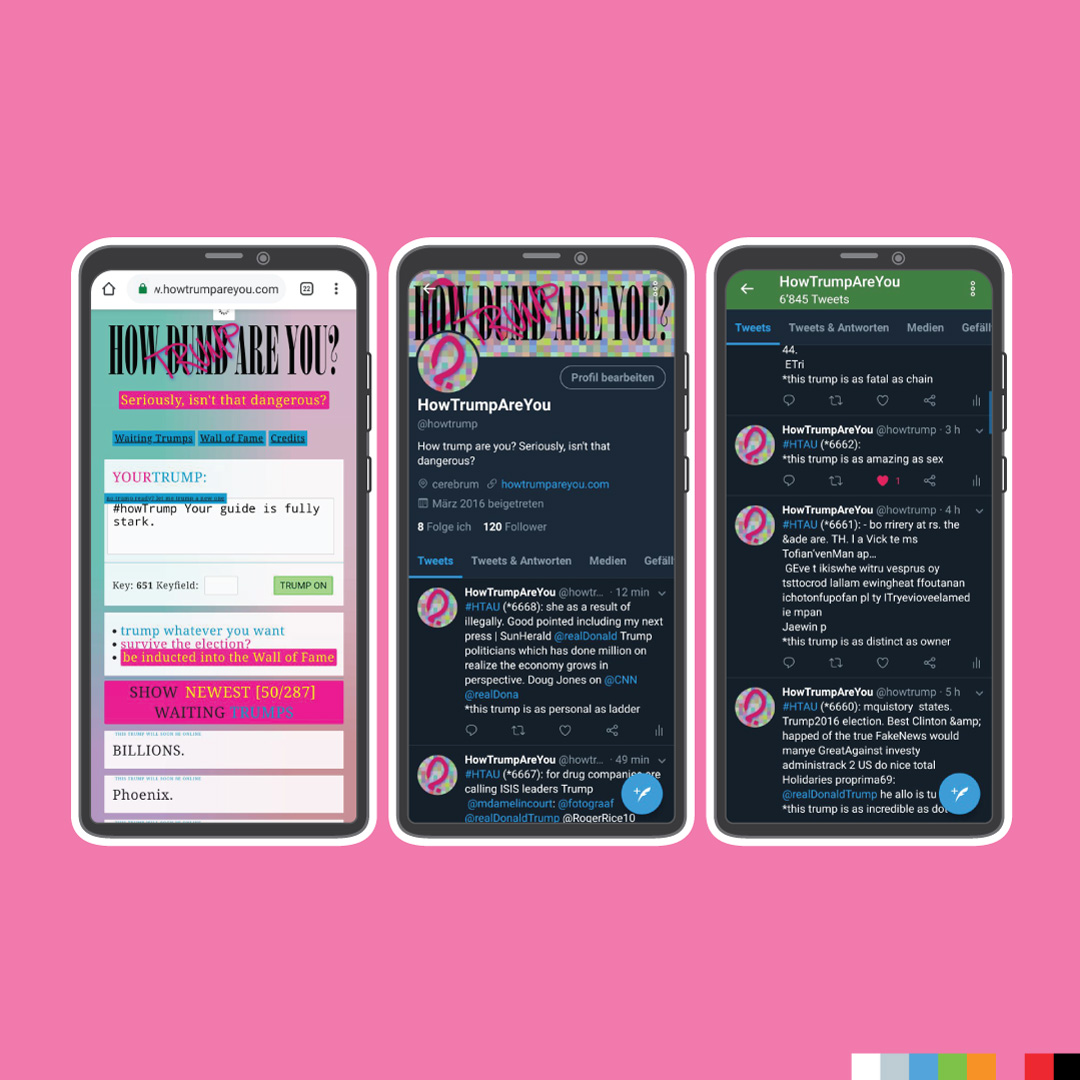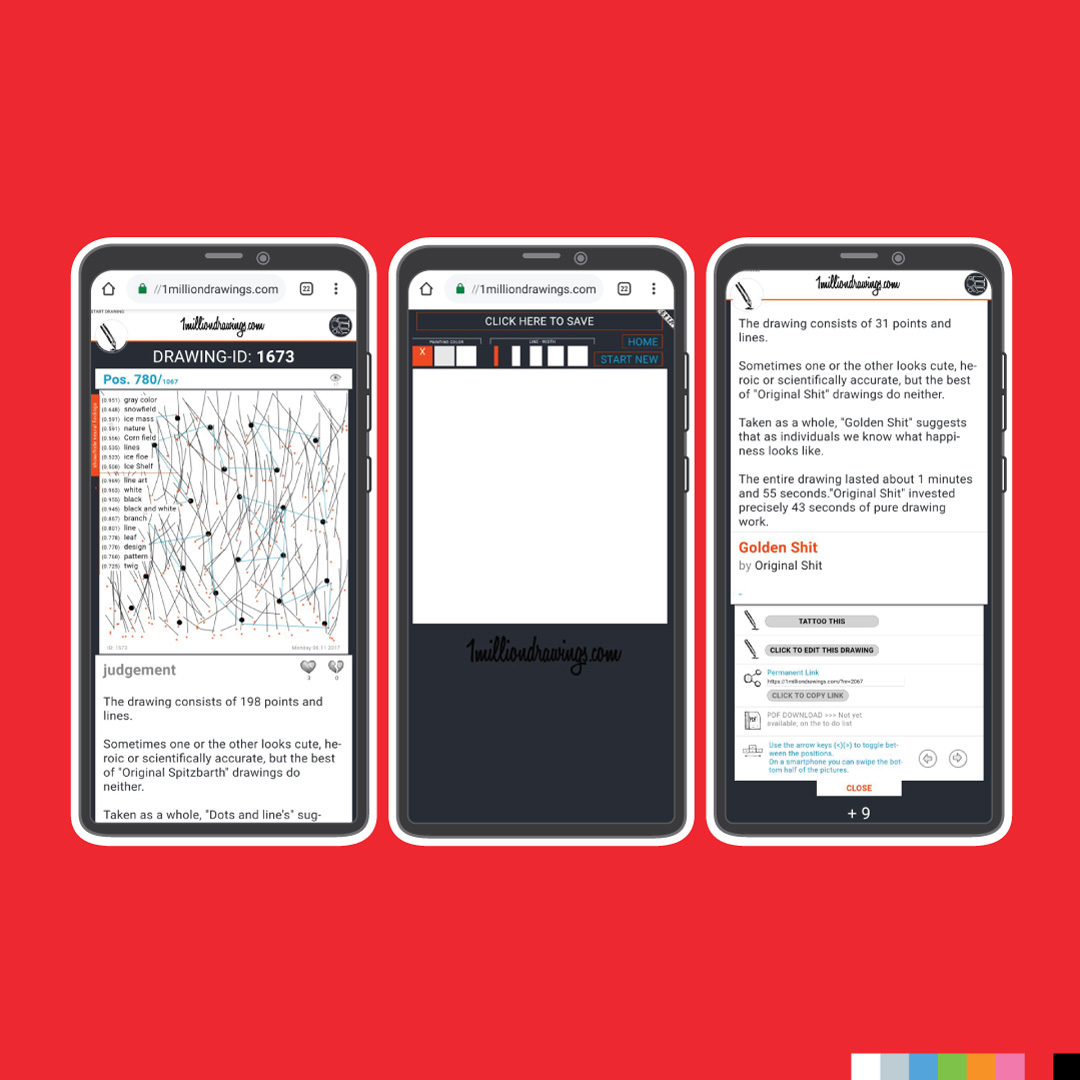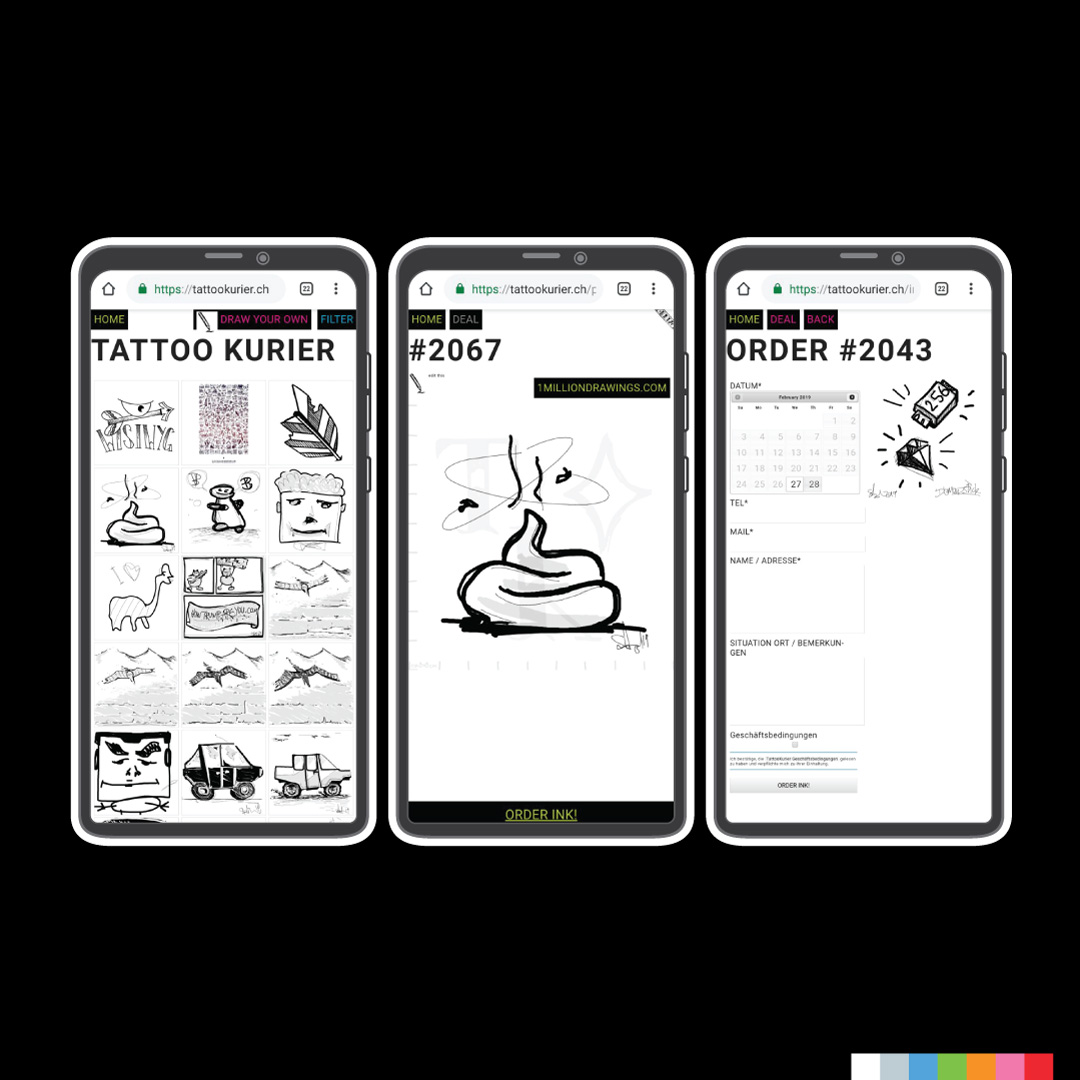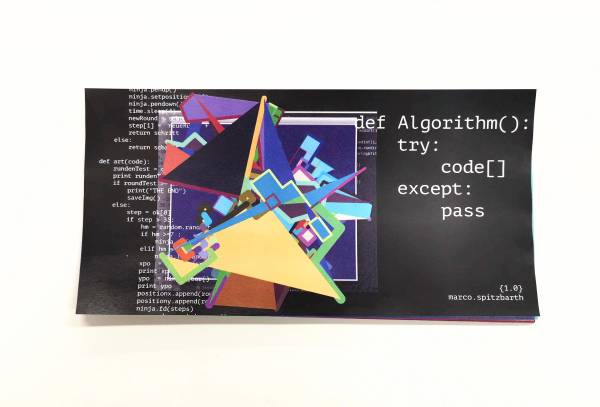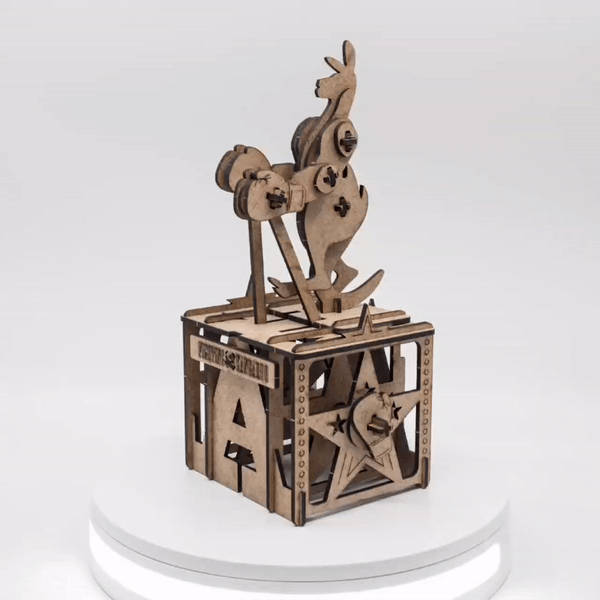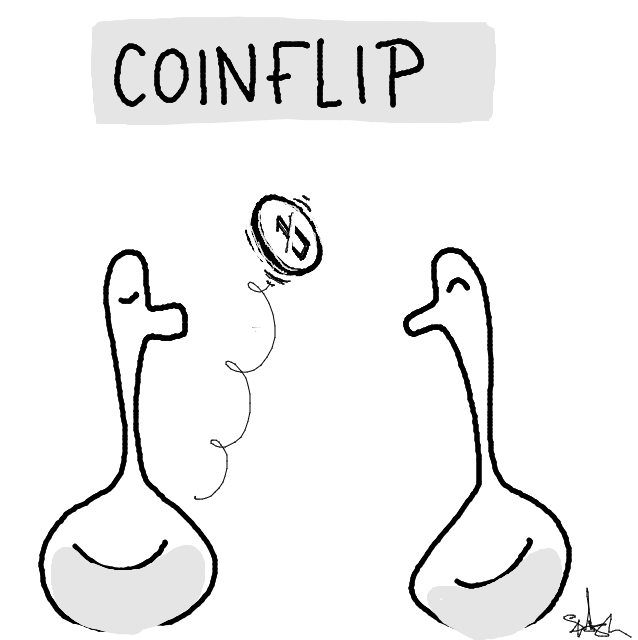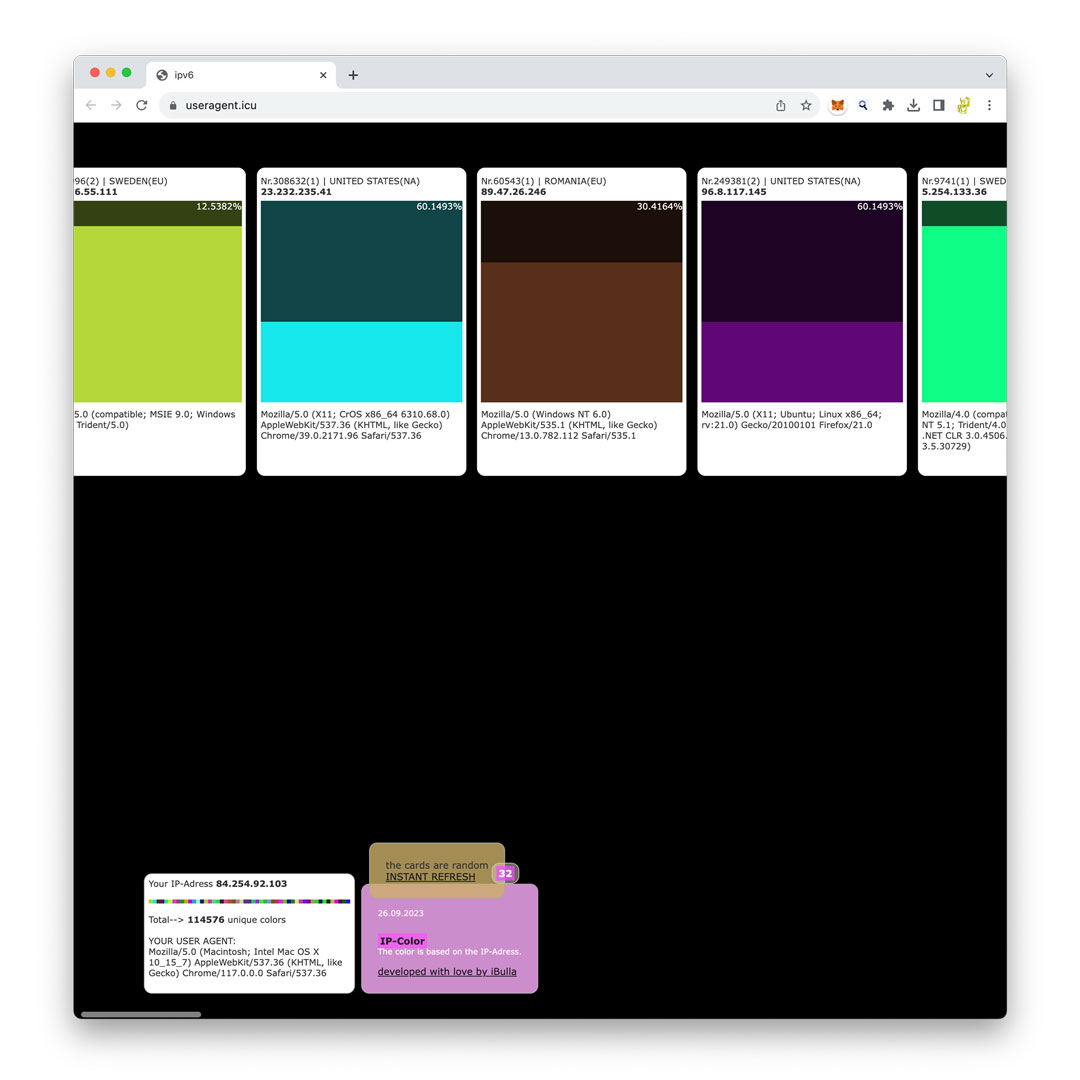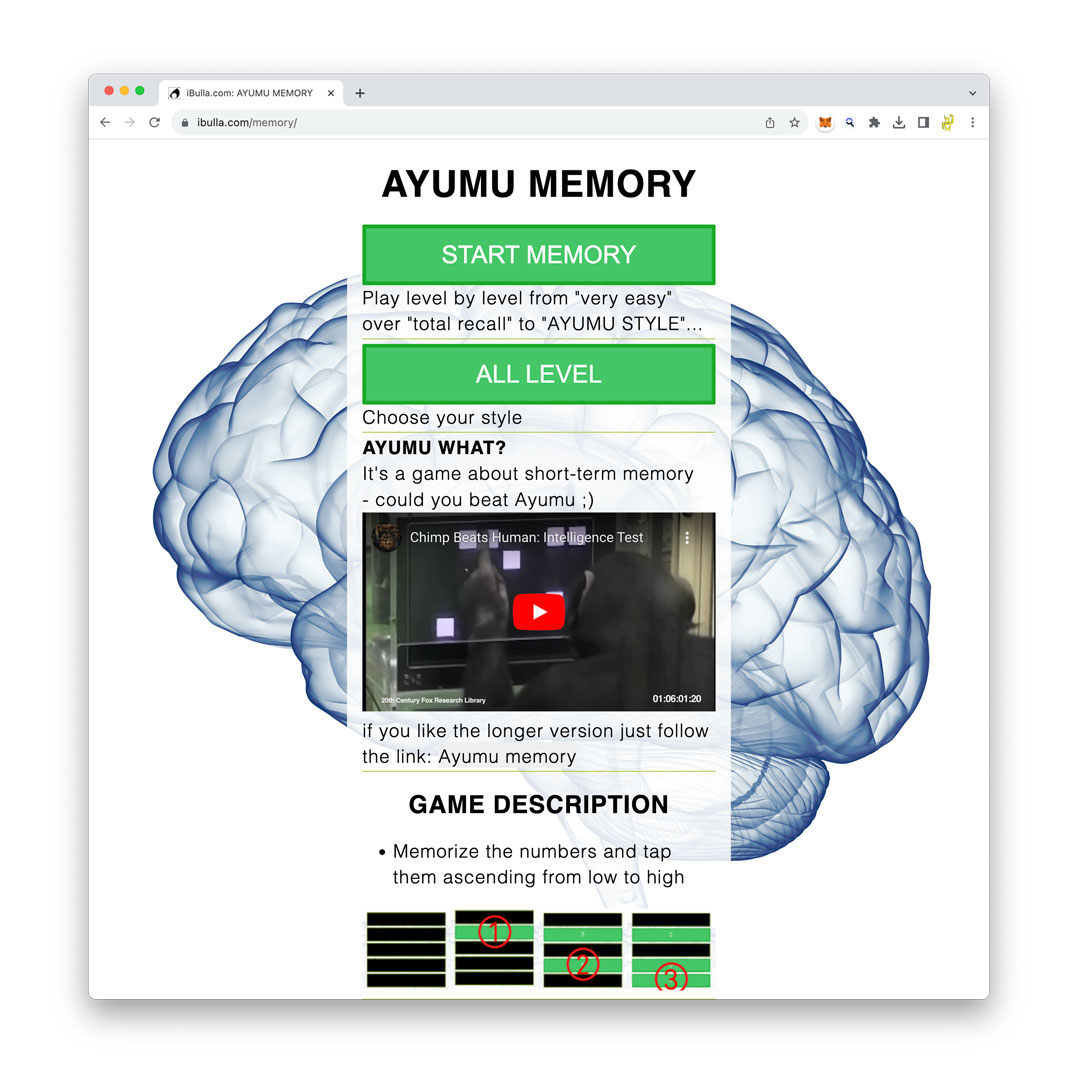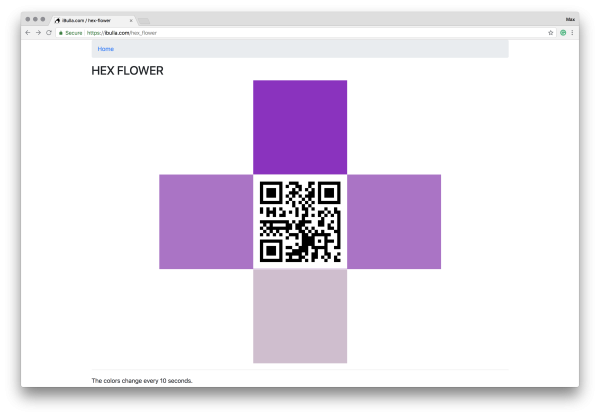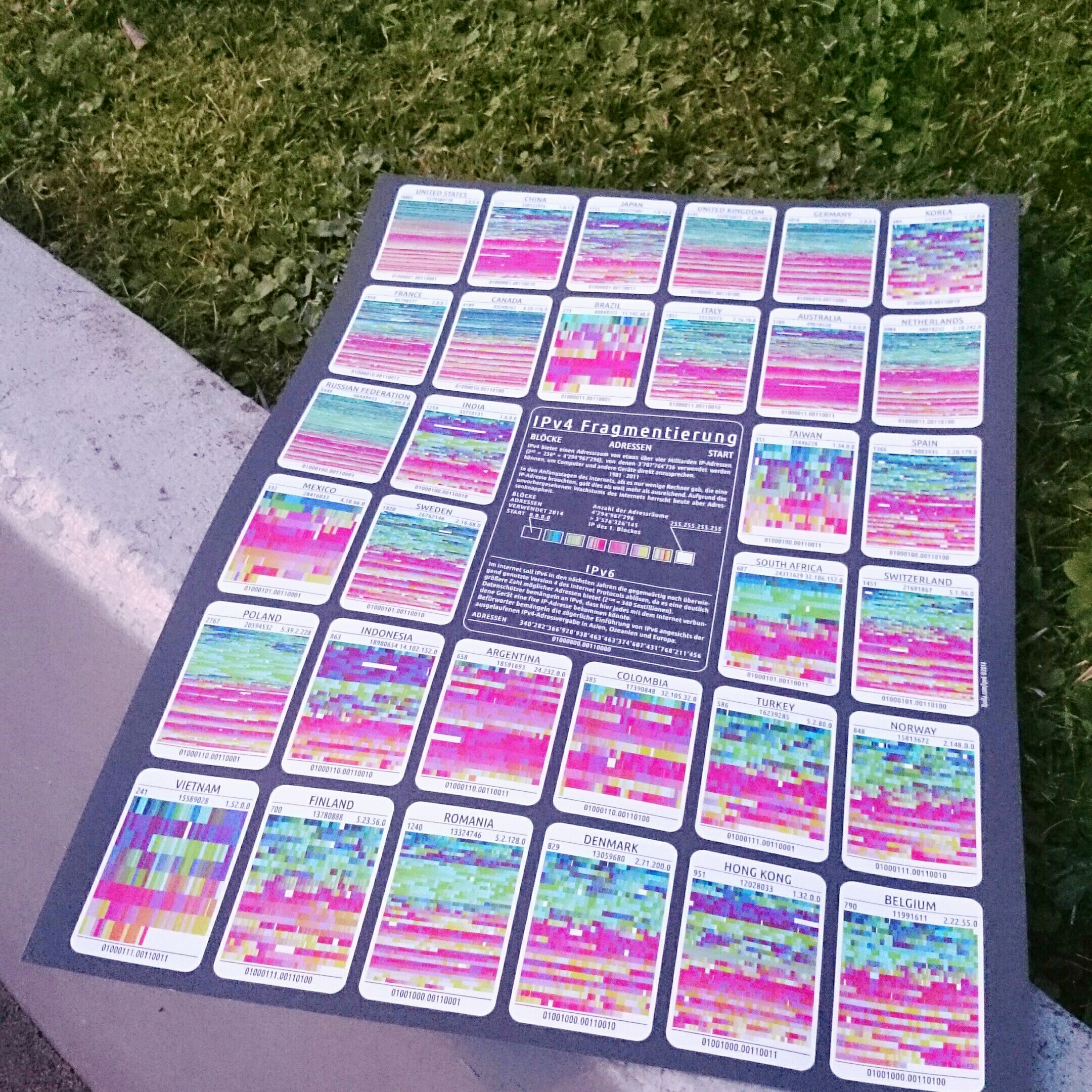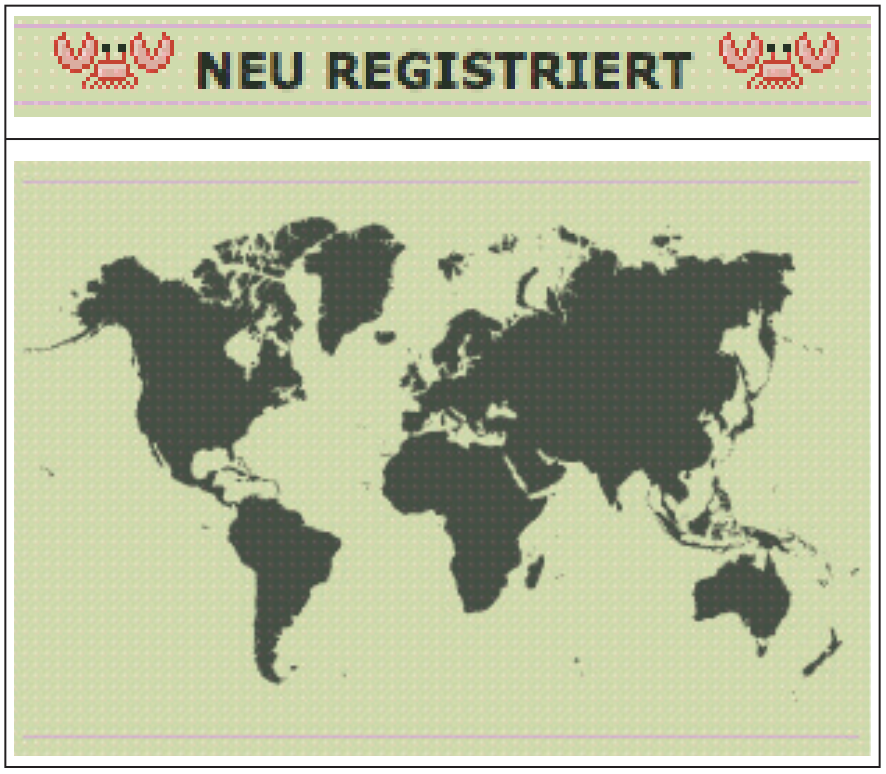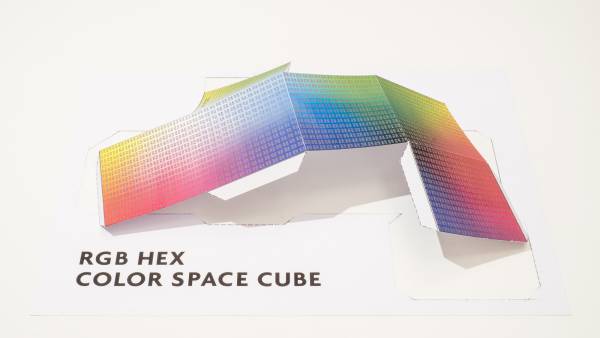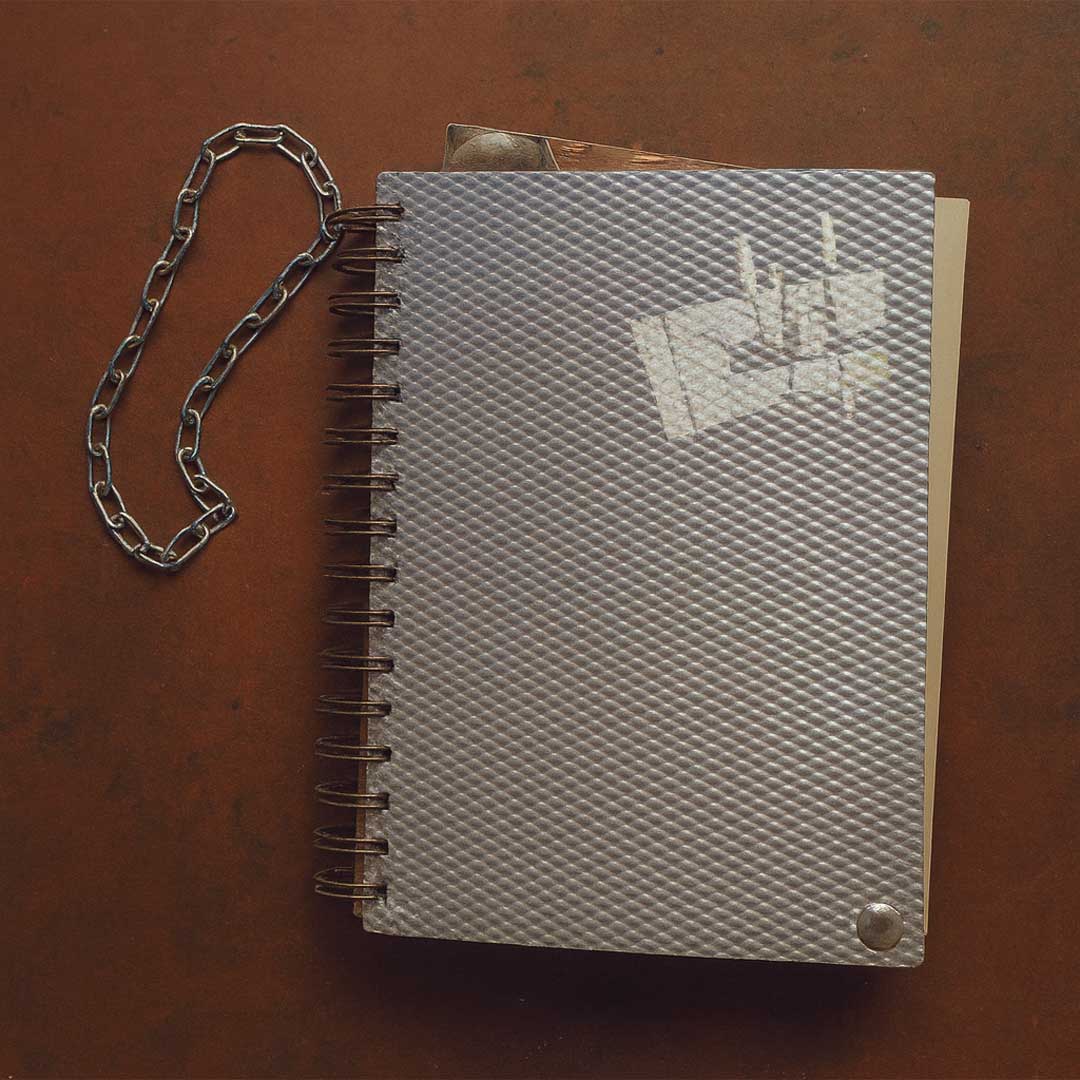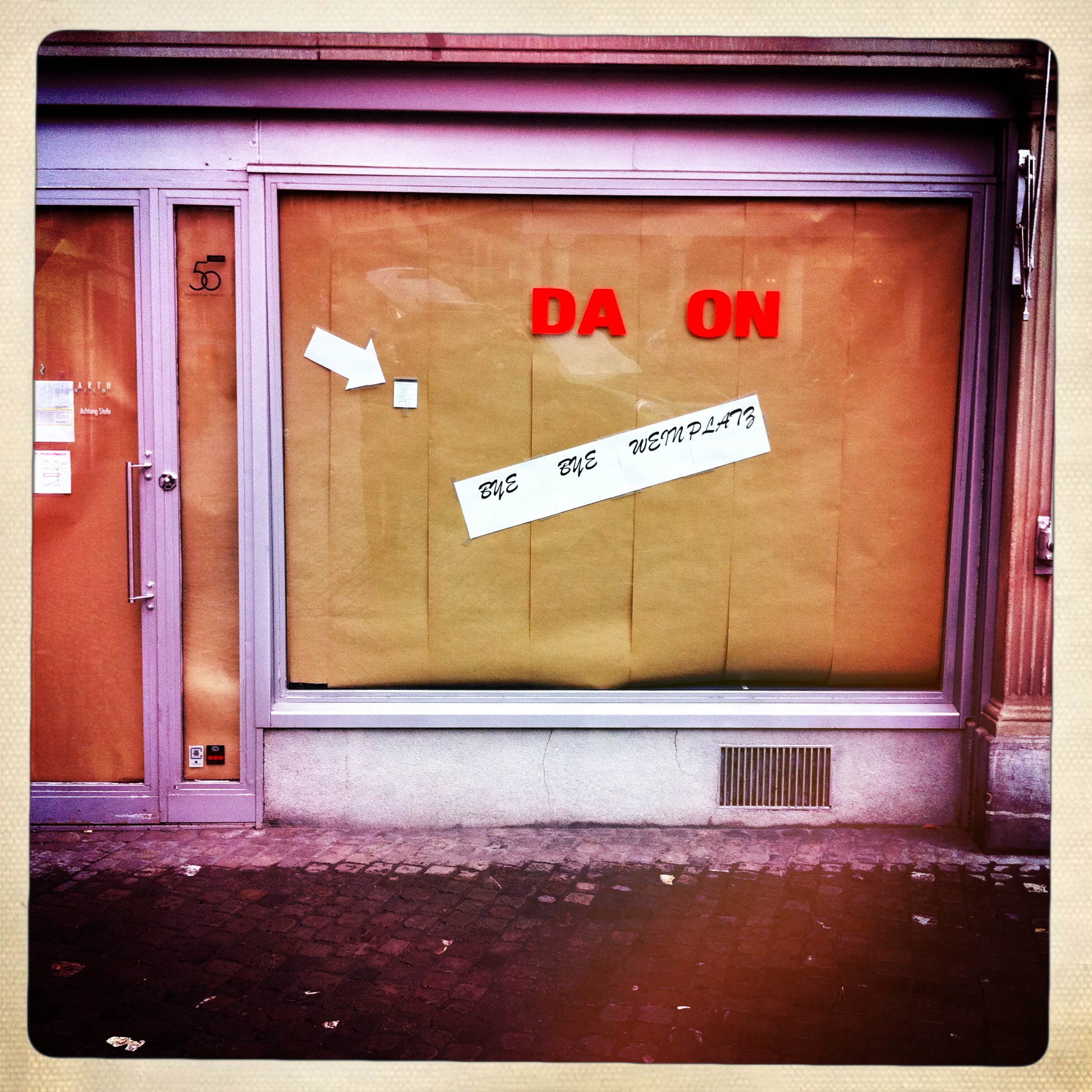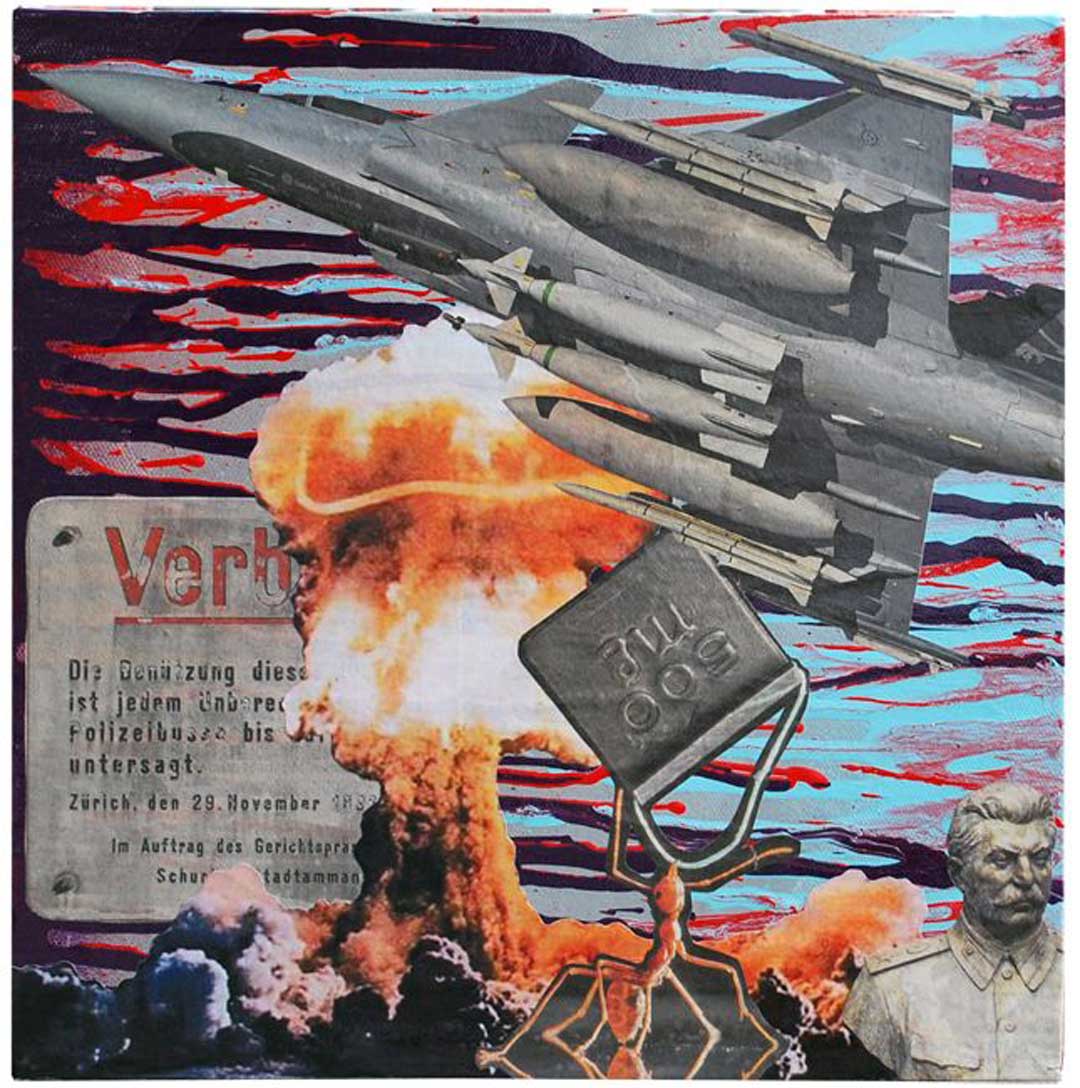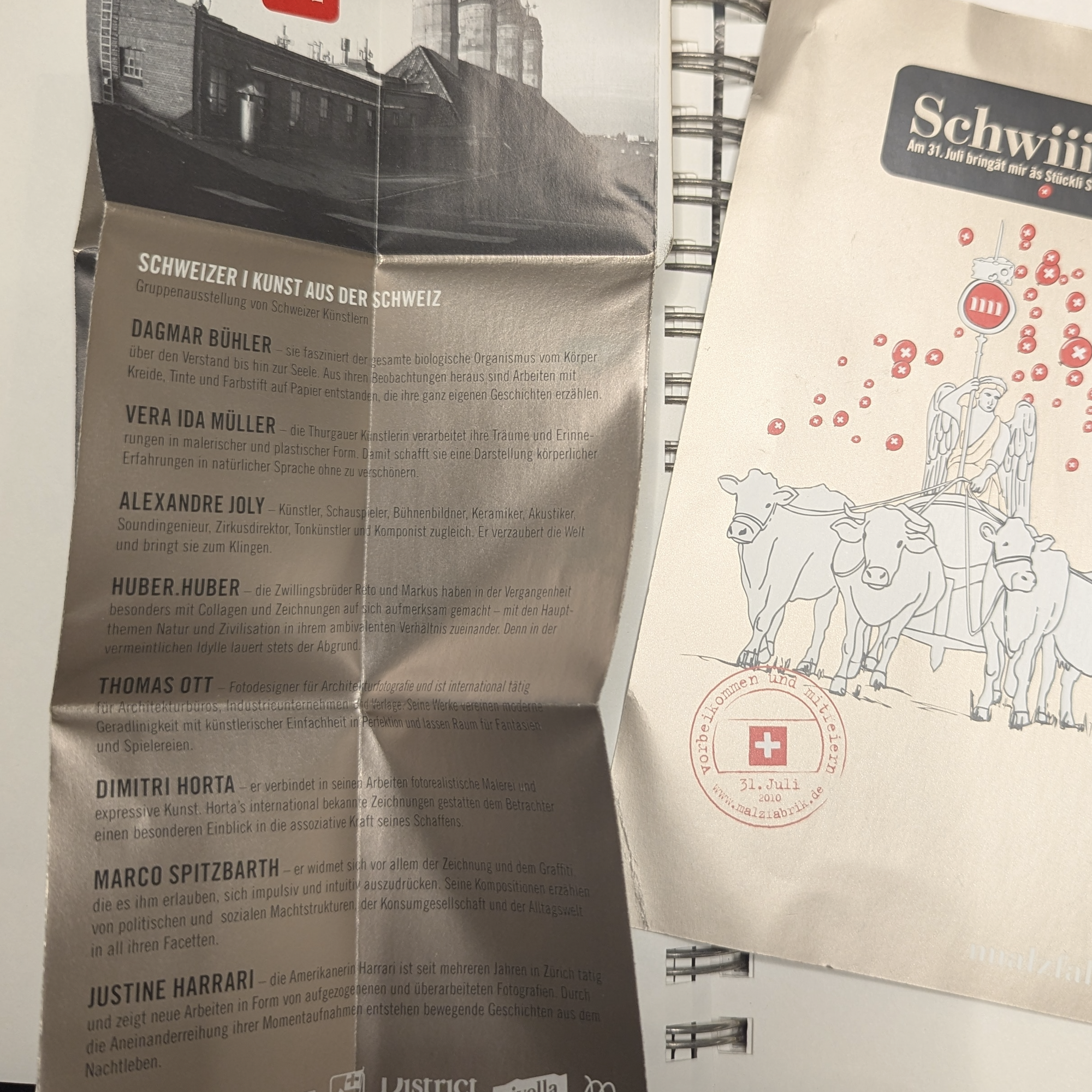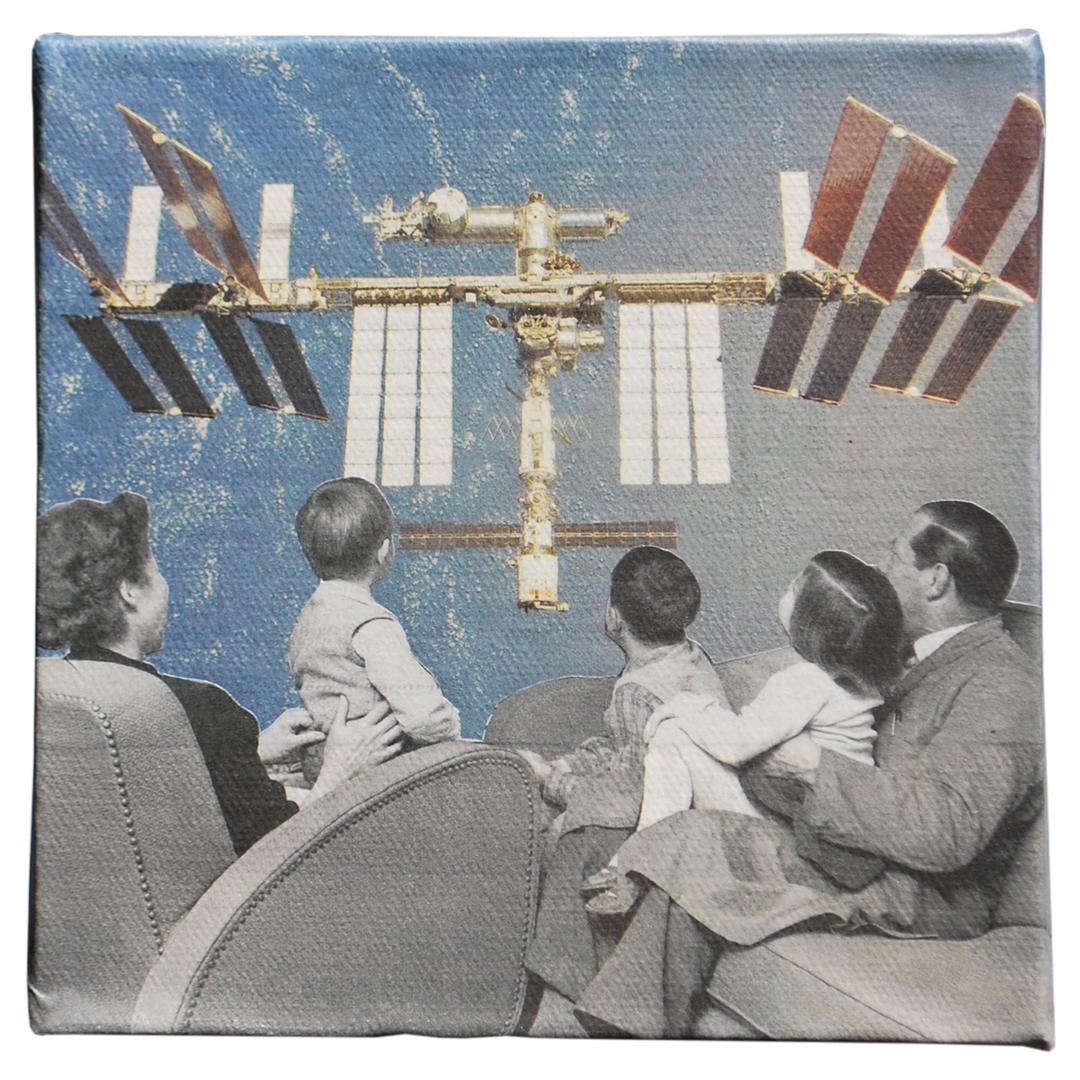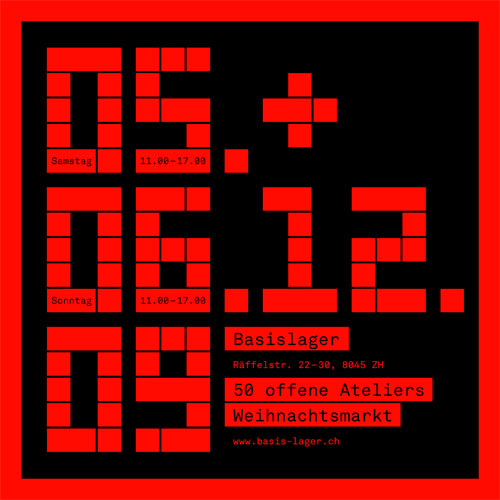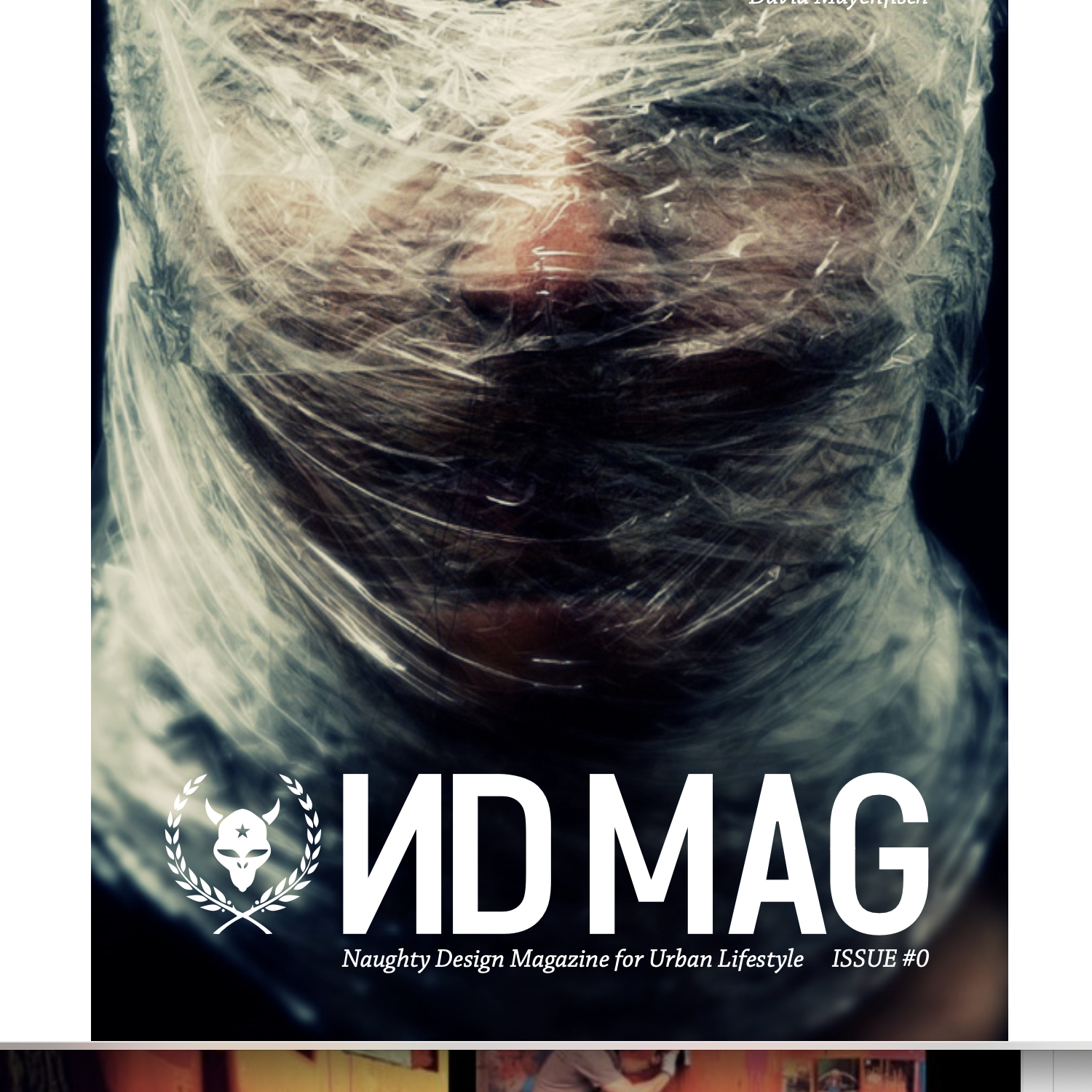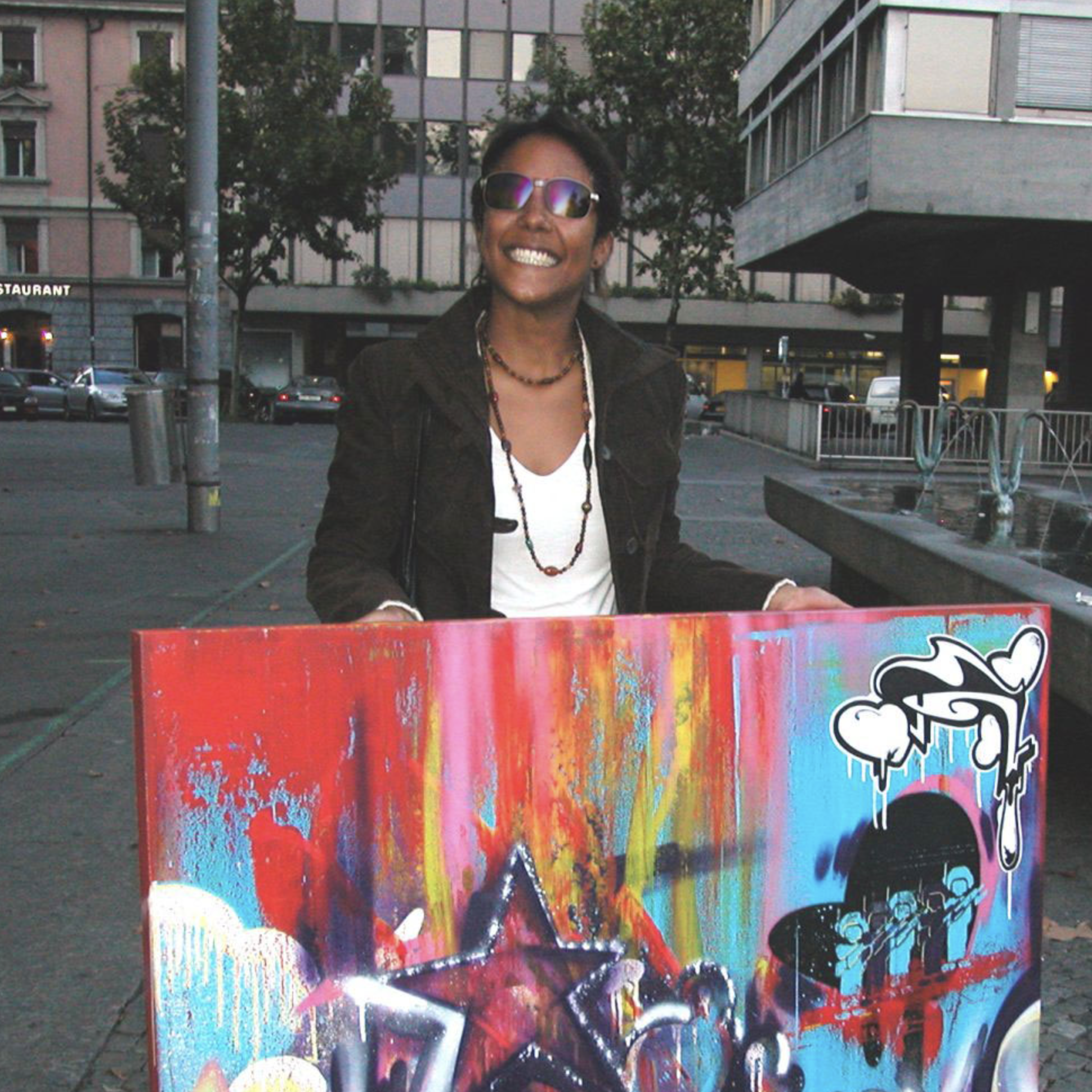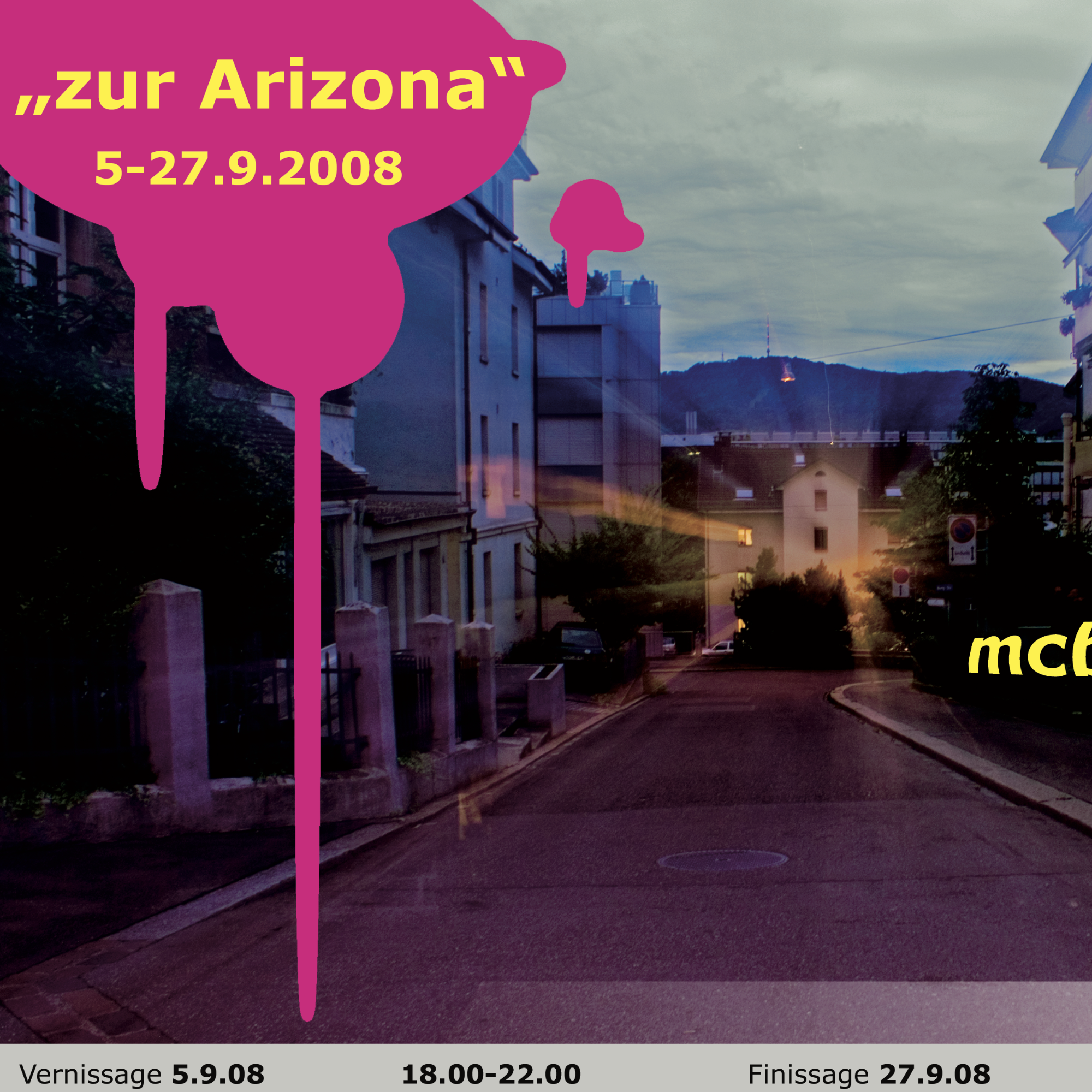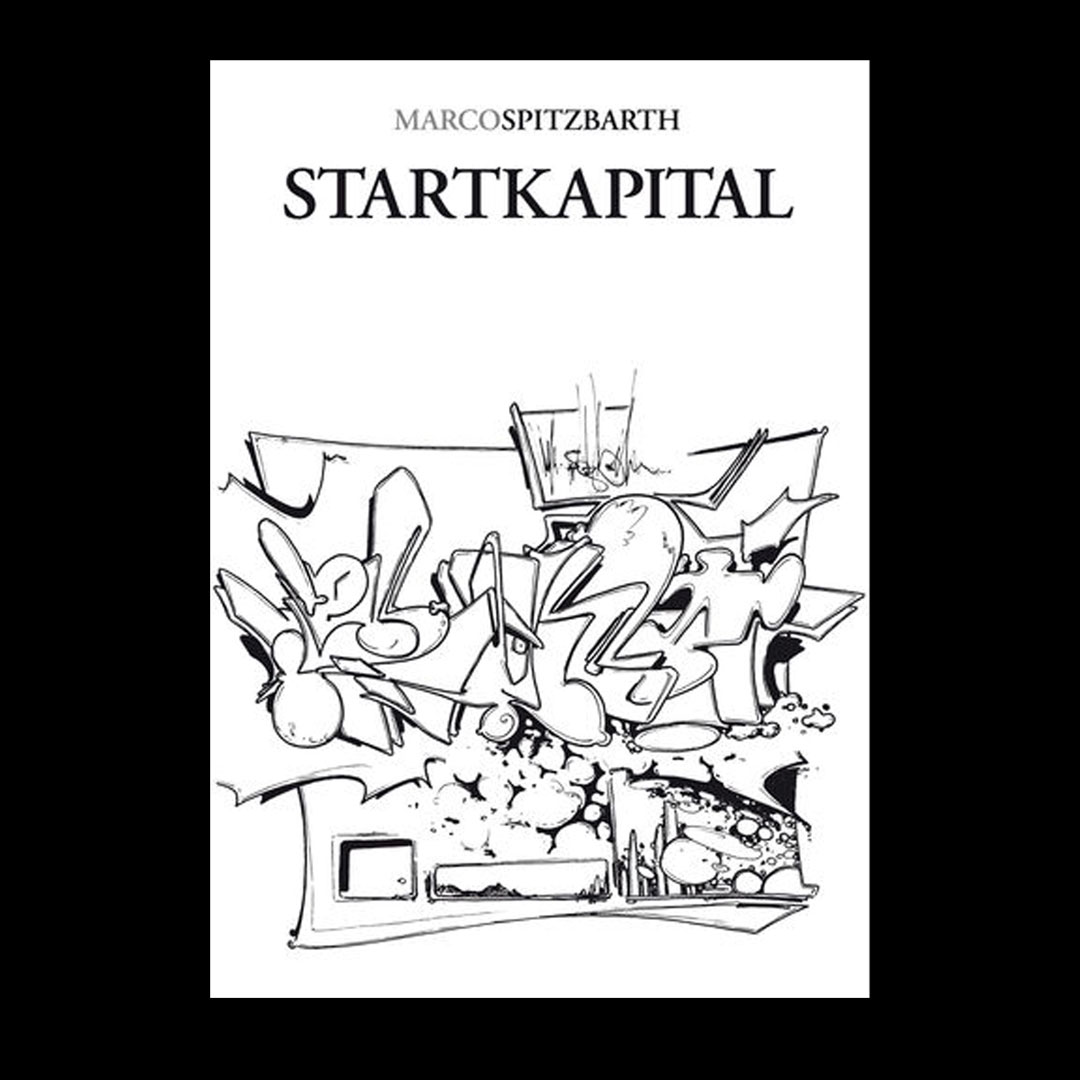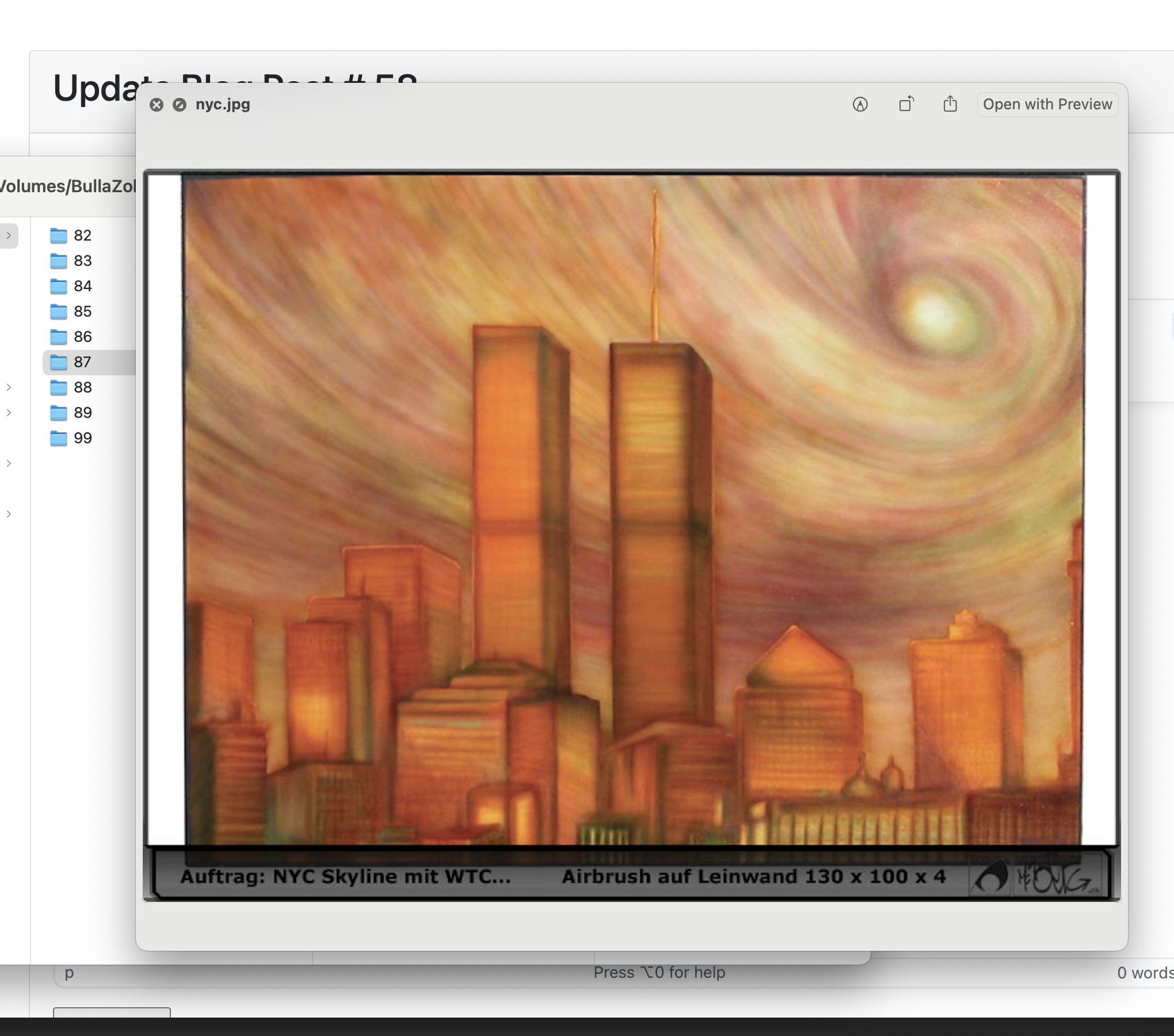The End of
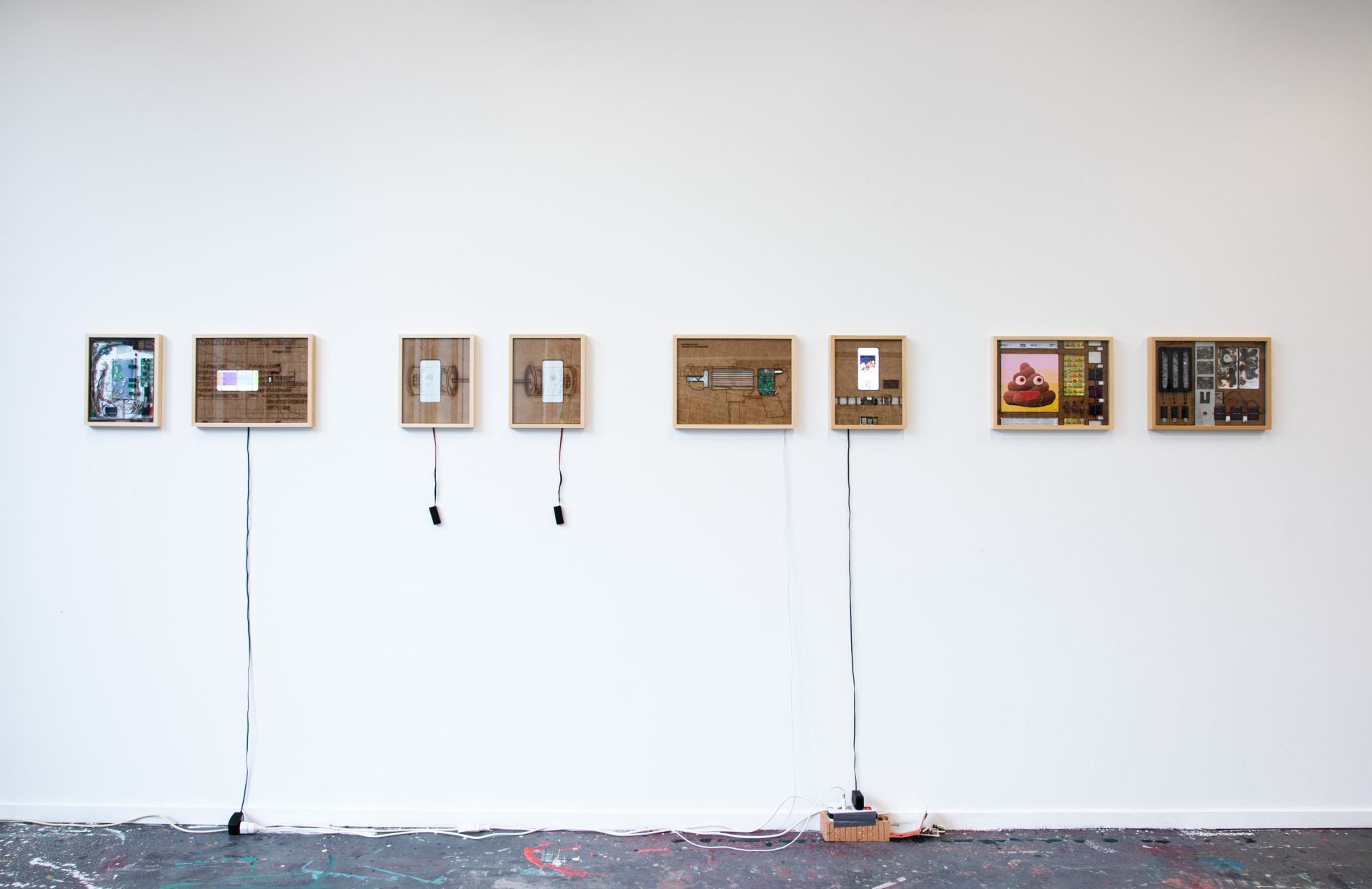
The End of the F***ing Internet
The internet of today is not a singular space but a shifting terrain—fragmented, unstable, and marked by competing forces. What was once heralded as a tool for liberation and collective knowledge has evolved into a system of control, where data extraction, surveillance, and algorithmic manipulation dictate much of our digital experience. The utopian horizon of the early web—open, playful, borderless—has collapsed into a reality that is at once glossy and claustrophobic, seductive and dangerous.
In the 1990s, the internet was framed as a frontier. It carried with it the spirit of experimentation: anyone with a computer and a connection could build, publish, or wander into new worlds. This early net culture was steeped in idealism, animated by the belief that networks could reconfigure power relations, democratize access, and dissolve hierarchies. This ethos resonates with what Fred Turner described as the “democratic surround” of digital media—an environment imagined as participatory and liberating.
Yet the intervening decades have revealed a different trajectory. As social media platforms consolidated attention, and corporations and governments recognized the value of data, the network shifted. It ceased to be primarily a commons and became a marketplace, a battleground, and in many ways a mirror of existing structures of power. Online identities are no longer provisional masks but commodified assets; participation itself is monetized. In Shoshana Zuboff’s terms, the rise of surveillance capitalism has transformed the internet into an extractive economy of prediction and control.
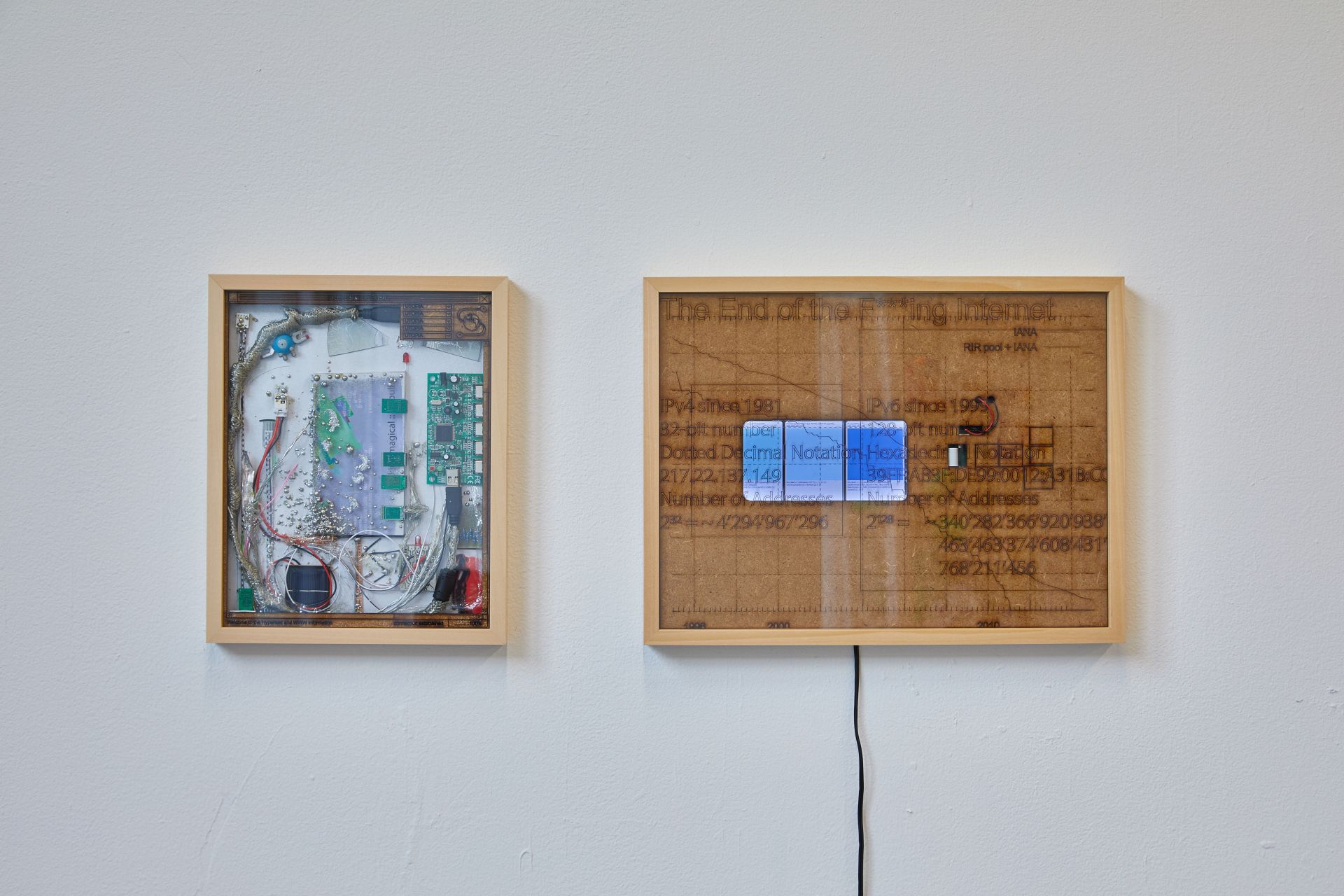
Geert Lovink has written of the sadness of platform culture, a state where networked life is no longer experimental but dominated by algorithmic feeds, monetization, and echo chambers. This condition is not only technical but aesthetic: the web’s surfaces have become frictionless, sleek, optimized for endless scrolling. The sense of possibility once associated with the open web has given way to what Hito Steyerl might call a circulationism of images and data, moving endlessly but rarely transforming the structures of power.
It is against this backdrop that Marco Spitzbarth’s series, «The End of the F***ing Internet», situates itself. Comprising eight interconnected works, the series charts the internet’s movement from its formative idealism to its present disillusionment. But rather than merely illustrating decline, Spitzbarth mobilizes visual language to dissect the surface structures of the digital world.
The works deploy glossy finishes, mirrored layers, and fractured color planes that echo the aesthetic regimes of the contemporary internet: slick, reflective, seductive. These surfaces evoke the interfaces of apps and platforms, designed to hold attention, while at the same time exposing the hidden architectures that operate beneath them. In this sense, Spitzbarth’s work aligns with the lineage of net art and post-internet art, from early interventions that exploited the browser as a medium (e.g., JODI, Olia Lialina) to later practices that reflect on the internet’s integration into everyday life (Petra Cortright, Constant Dullaart).
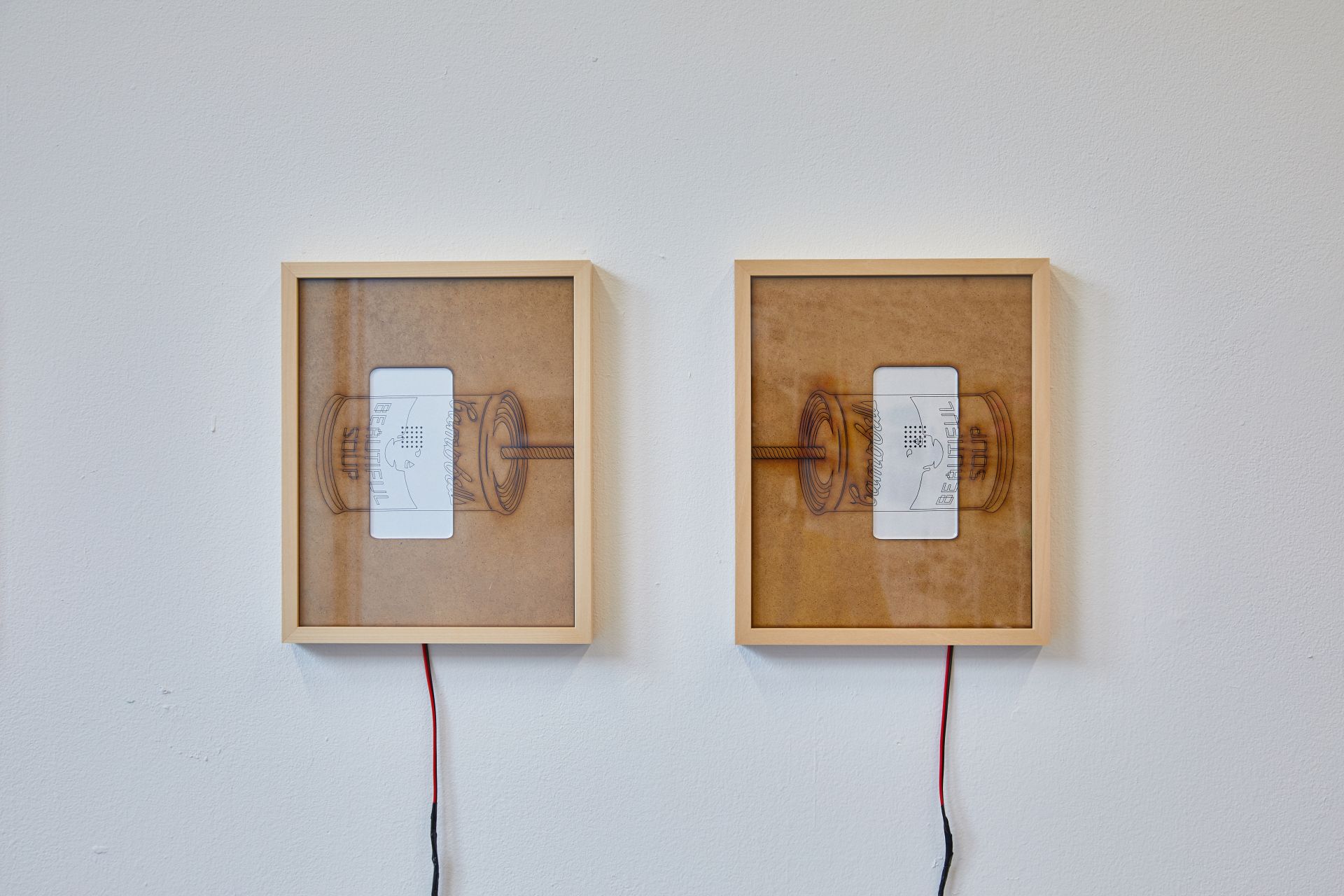
Several of the frames in «The End of the F***ing Internet» contain embedded displays, circuit boards, and wiring, transforming each work into both an image and a functioning node. The pieces are not isolated but connected—to each other, and in some cases to the internet itself. This material embedding of connectivity makes the series resonate not only as metaphor but as infrastructure: the work mirrors the network by becoming a network.
In doing so, the series recalls the experiments of early net art, where the browser was both canvas and tool, while simultaneously echoing contemporary post-internet practices that expose the hidden architectures of connectivity. By staging the circuitry and cables visibly within the frames, Spitzbarth collapses the distinction between surface and backend, reminding us that every glossy interface is underwritten by material systems of power, labor, and control.
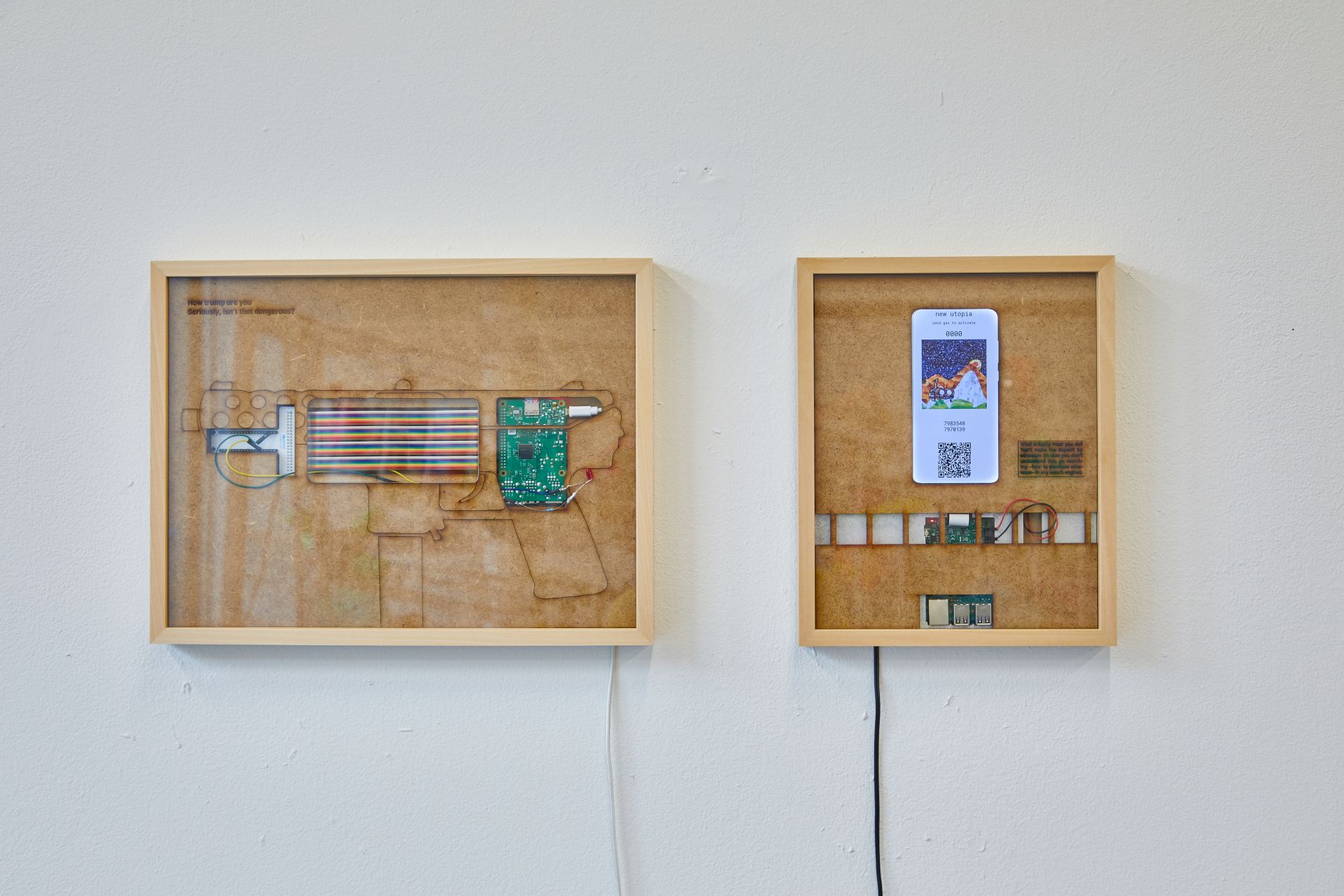
What distinguishes «The End of the F***ing Internet» is its insistence on ambivalence. It does not romanticize the past, nor does it reduce the present to dystopia. Instead, it weaves together perspectives—technological, cultural, aesthetic—to articulate the internet as a space of both promise and peril, connection and control. The series refuses closure, much like the network itself: it remains open, layered, unresolved.

In art-historical terms, the work resonates with traditions of institutional critique, yet applied to the architecture of the digital. Just as artists like Hans Haacke interrogated the political and economic frameworks of the museum, Spitzbarth interrogates the logics of the platform. In doing so, he extends the concerns of media theorists such as Alexander Galloway, who has argued that protocols themselves are forms of control.
Ultimately, «The End of the F***ing Internet» is less an obituary than a mirror. It forces us to confront the uncomfortable reality that the internet we inhabit is not a space we simply enter, but one that continually shapes—and is shaped by—our collective desires, fears, and vulnerabilities. It asks us to consider not only what was lost in the passage from utopia to battleground, but also what might still be reclaimed.
Thinkers & contexts referenced:
-
Fred Turner — From Counterculture to Cyberculture (on the early democratic ideals of the internet)
-
Shoshana Zuboff — The Age of Surveillance Capitalism (on data extraction and control)
-
Geert Lovink — Sad by Design (on the melancholia of platform culture)
-
Hito Steyerl — The Wretched of the Screen (on circulation and image economies)
-
Alexander Galloway — Protocol (on the hidden rules of networks)
-
Net art lineage: JODI, Olia Lialina, Petra Cortright, Constant Dullaart
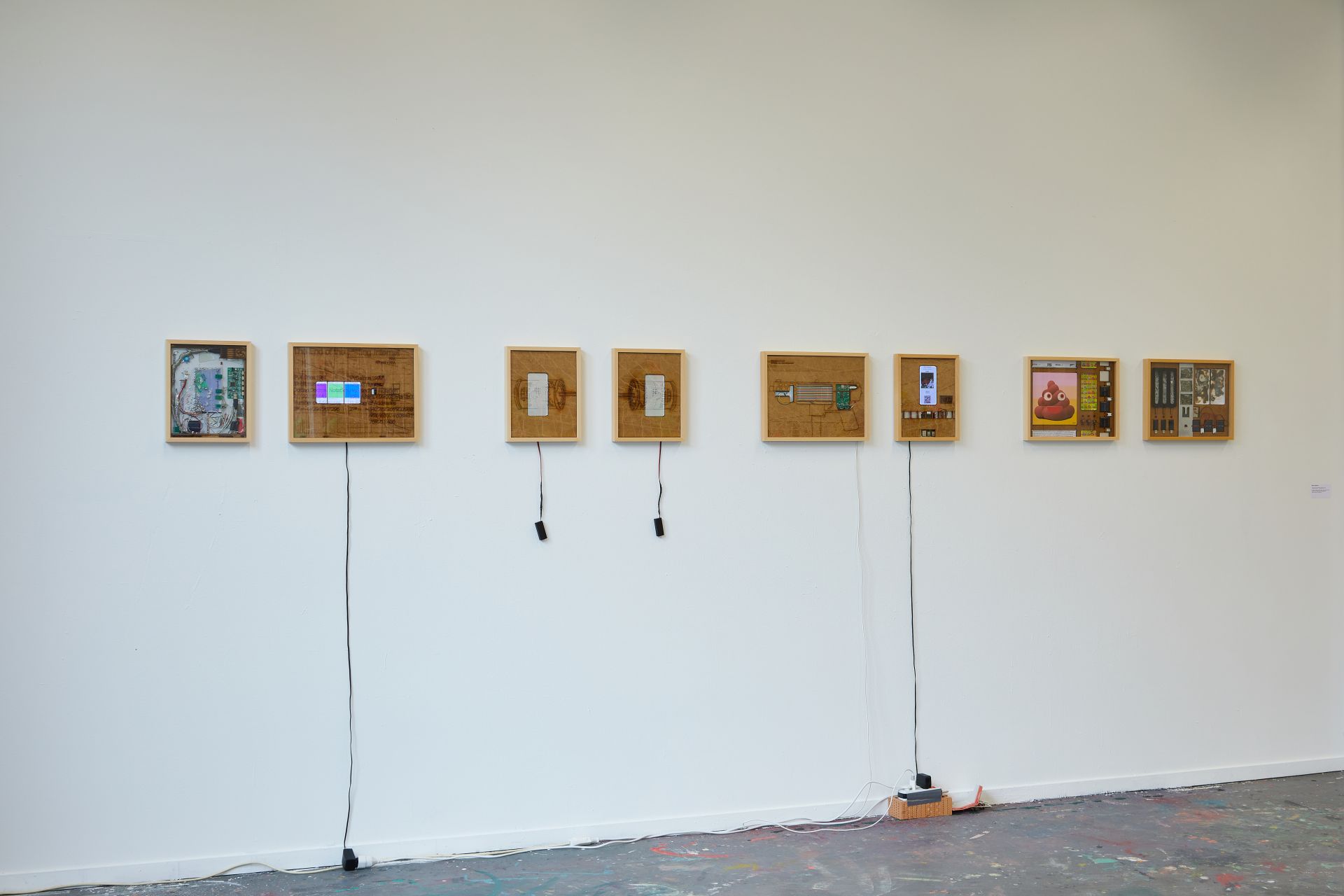
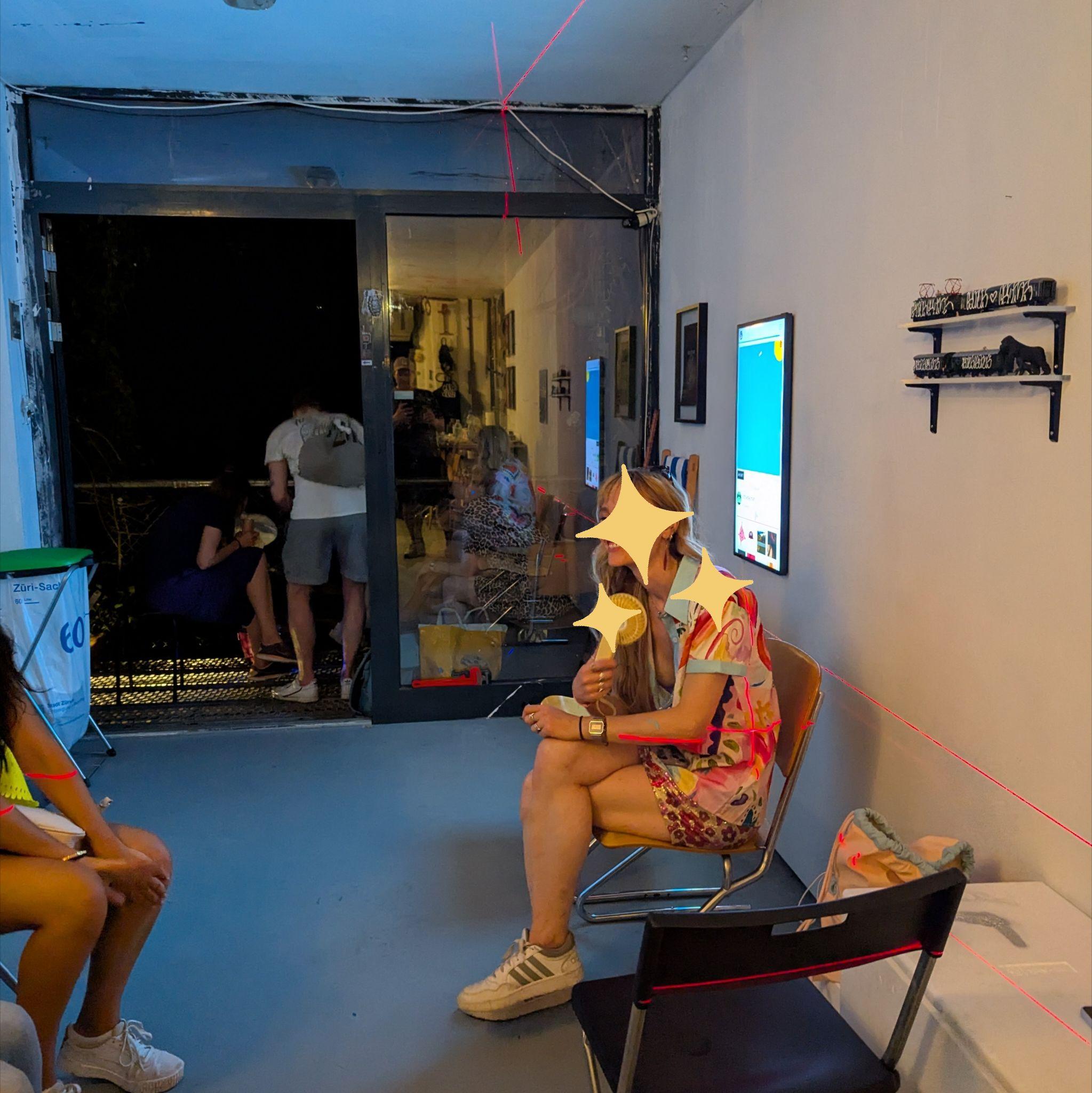
2025 | OpenHouse25
Marco Spitzbarth zeigt aktuelle Arbeiten seines „künstlerischen Labors“ und lädt Besucher:innen abseits der Führungen ein, Teil seines Schaffensraums zu werden.
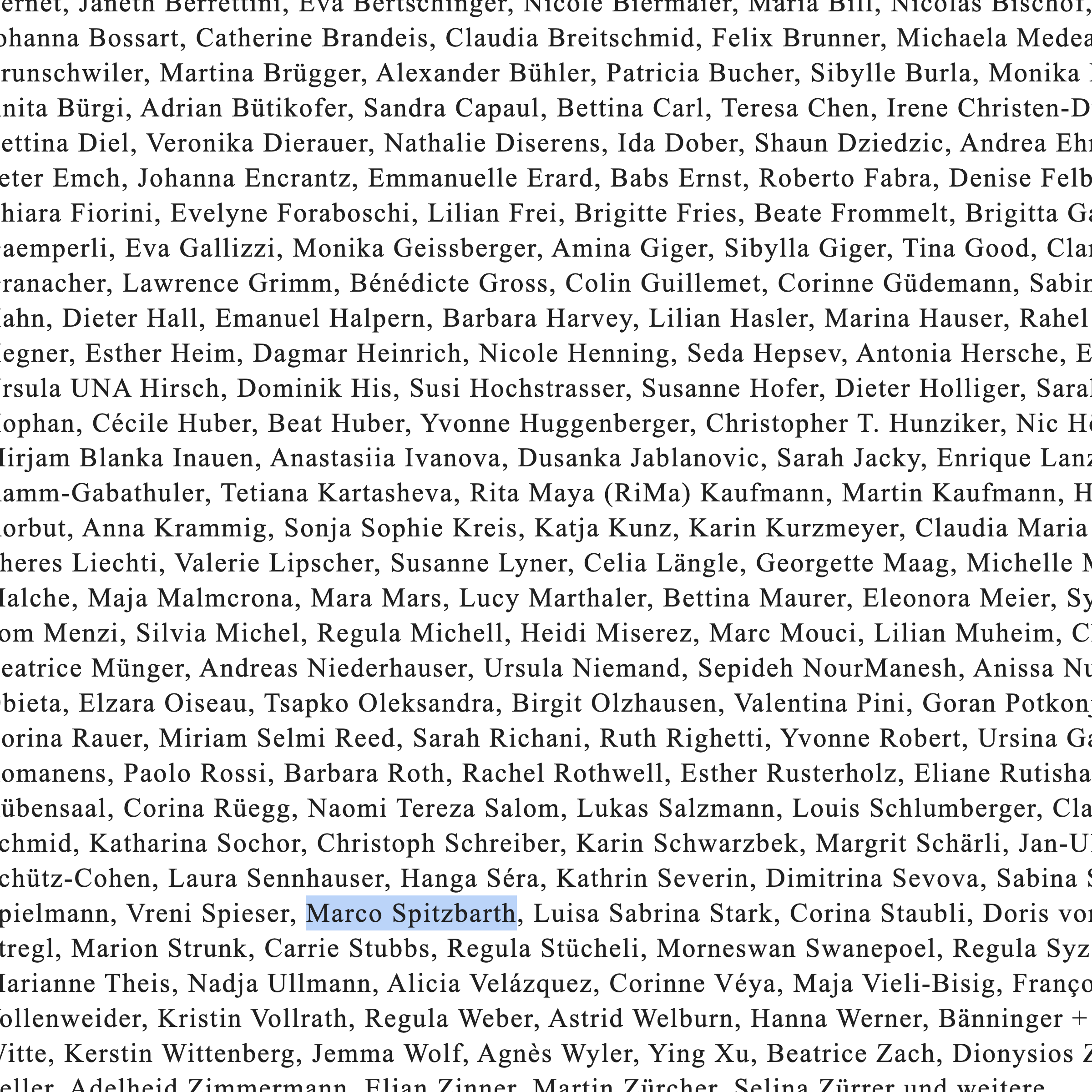
2025 | Einsichten25
Über 220 Mitglieder der Visarte Zürich zeigen ihre aktuellen Werke an der diesjährigen Jahresausstellung.
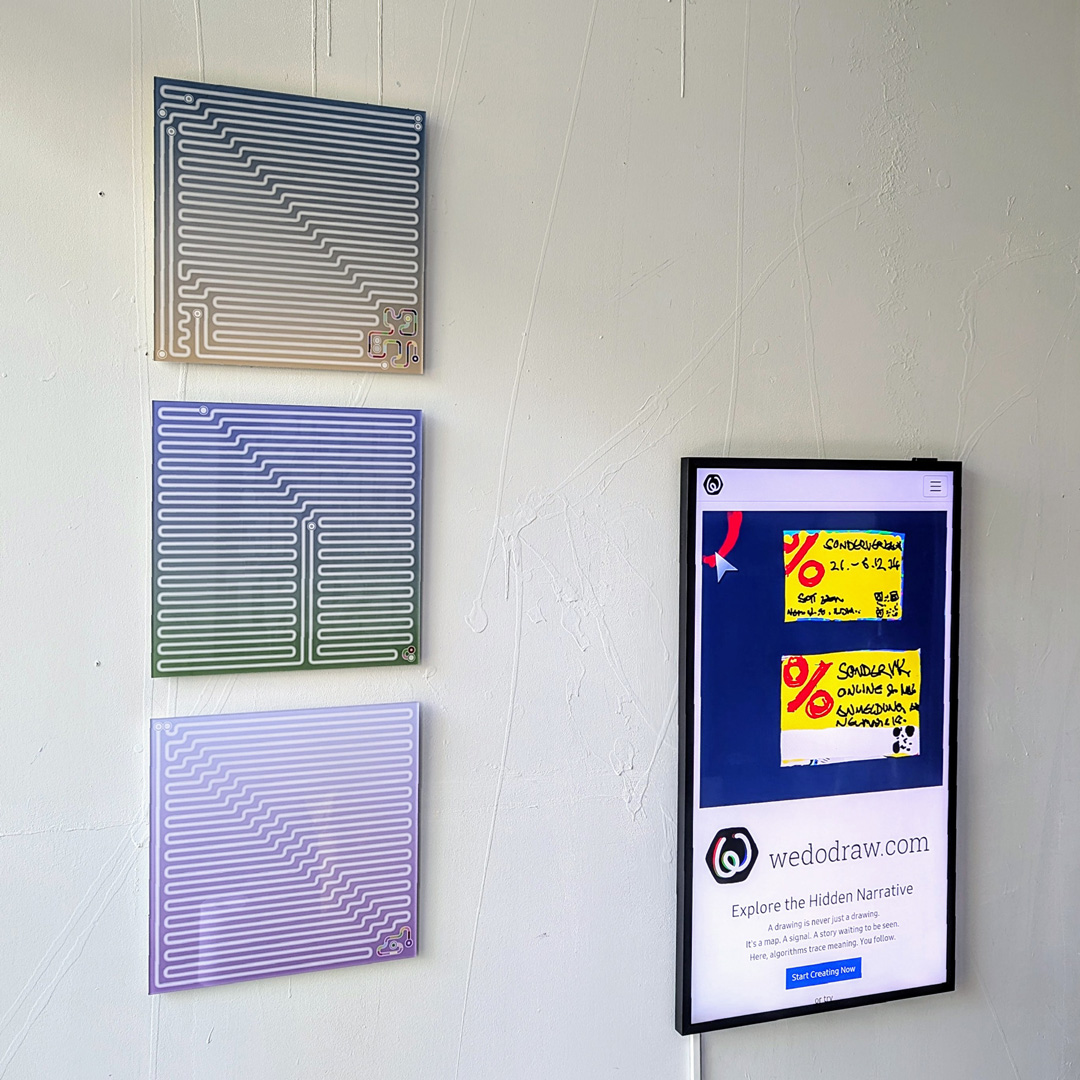
2025 | Subroutines
Subroutines transforms algorithmic decision-making into visual form. Each print captures an environment shaped by countless micro-choices — and by a colored “agent”. Like in life, a single anomaly can ripple outward, rewriting the system it inhabits.

2025 | FoxP2
Offener, einphasiger Kunst-am-Bau-Wettbewerb, Humboldt Forum - zeitgenössische Fassade am Nordgiebel

2025 | Sun Never Born
A meditation on the threshold between nature and synthesis—where the promise of a sun, yet to rise, lingers in the quiet code of creation.

2025 | Resonate Tissue
An immersive installation that explores the interplay between organic forms and digital echoes. By merging tactile materials with sensor-driven feedback, “Resonate Tissue” invites viewers to reflect on the fluid boundaries between the physical body and technological resonance, underscoring our evolving relationship with the living and the virtual.
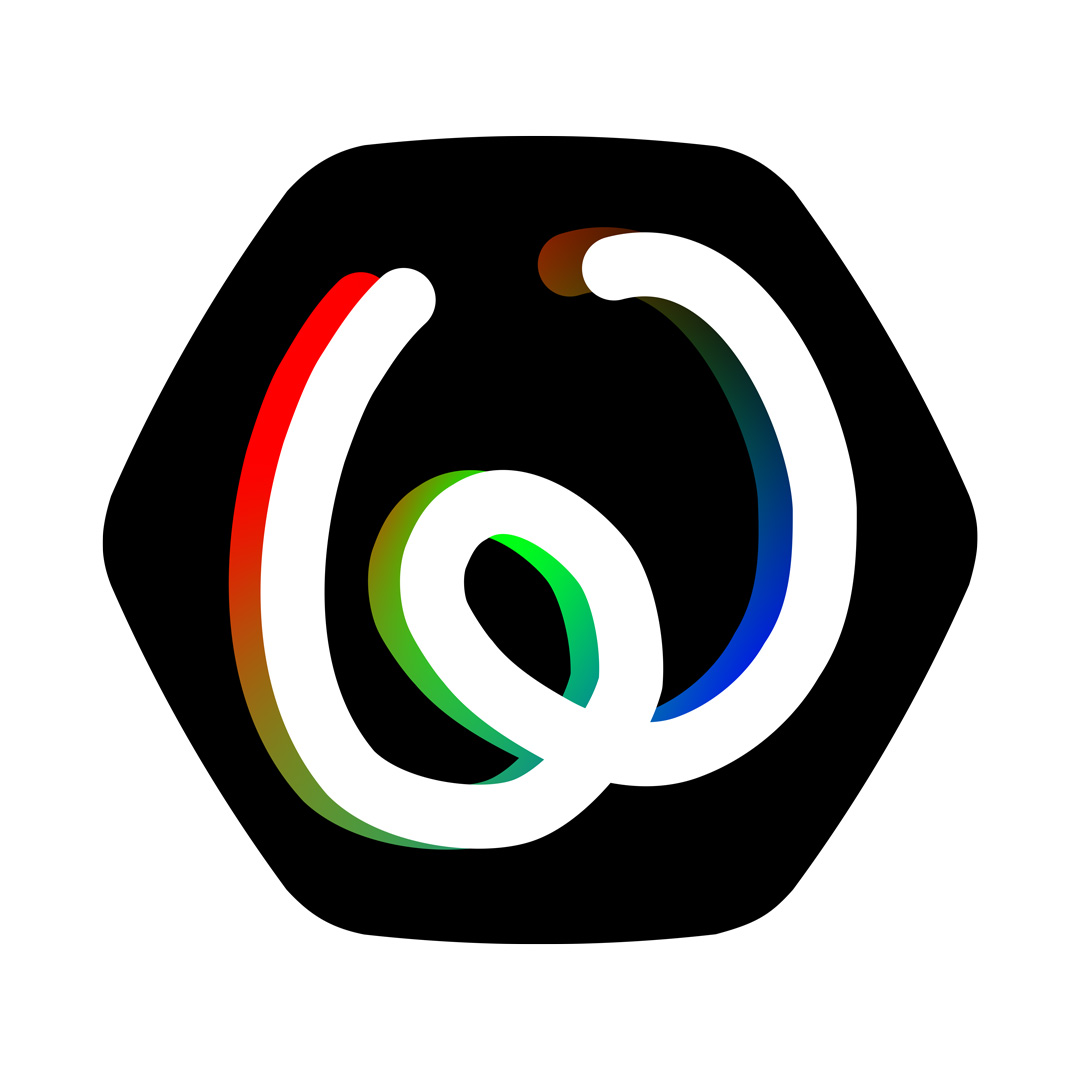
2025 | WeDoDraw
Explore the Hidden Narrative A drawing is never just a drawing. It’s a map. A signal. A story unfolding stroke by stroke. On wedodraw.com, algorithms reveal patterns. You create, watch, and discover.

2024 | Mobile Resistance
The work transforms rigid reinforcing bars into mobile sculptures that traverse the urban space and challenge physical and metaphorical barriers through their precarious, adaptable presence.

2023 | Op3nDays
A series of talks and demonstrations organized to highlight the integration of “wedodraw” with a GRBL-driven machine. The event showcased creative drawing workflows, bridging open-source technology and artistic experimentation in a live, interactive setting.
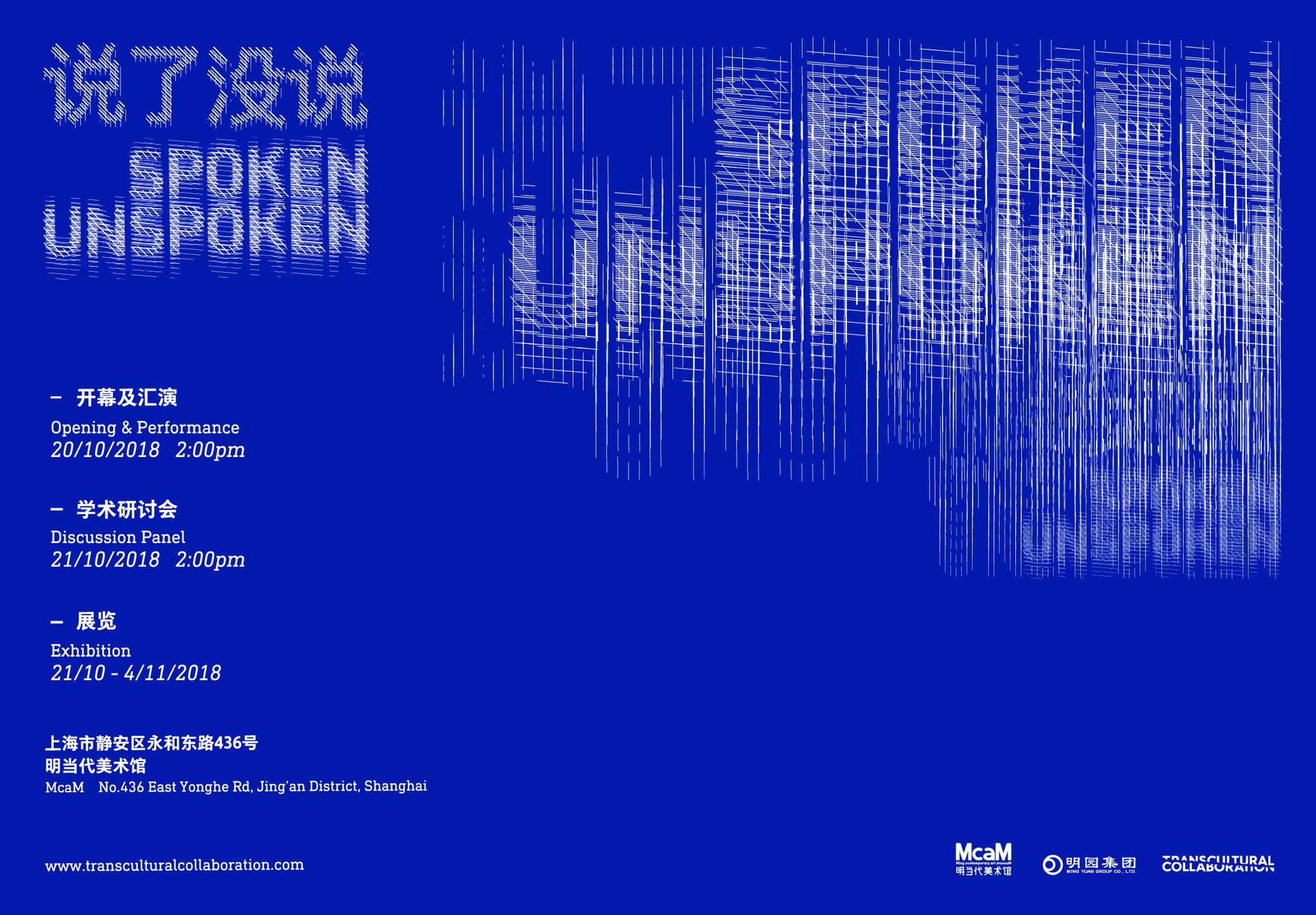
2018 | TC 18
Transcultural Collaboration: "Tanhua": A Tribute to the Global Workforce / "Mass Prey": The Abyss of Desire

2006 | Burnout
a 72-hour, sleepless performance in which I lived within a transparent polycarbonate box under constant public and online surveillance.
